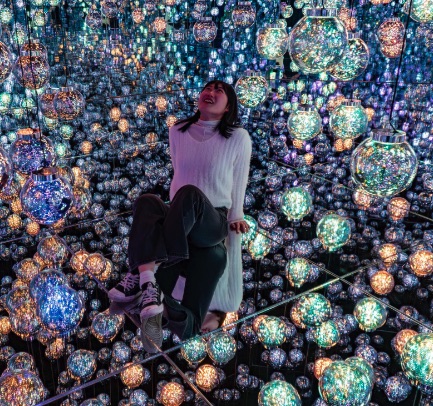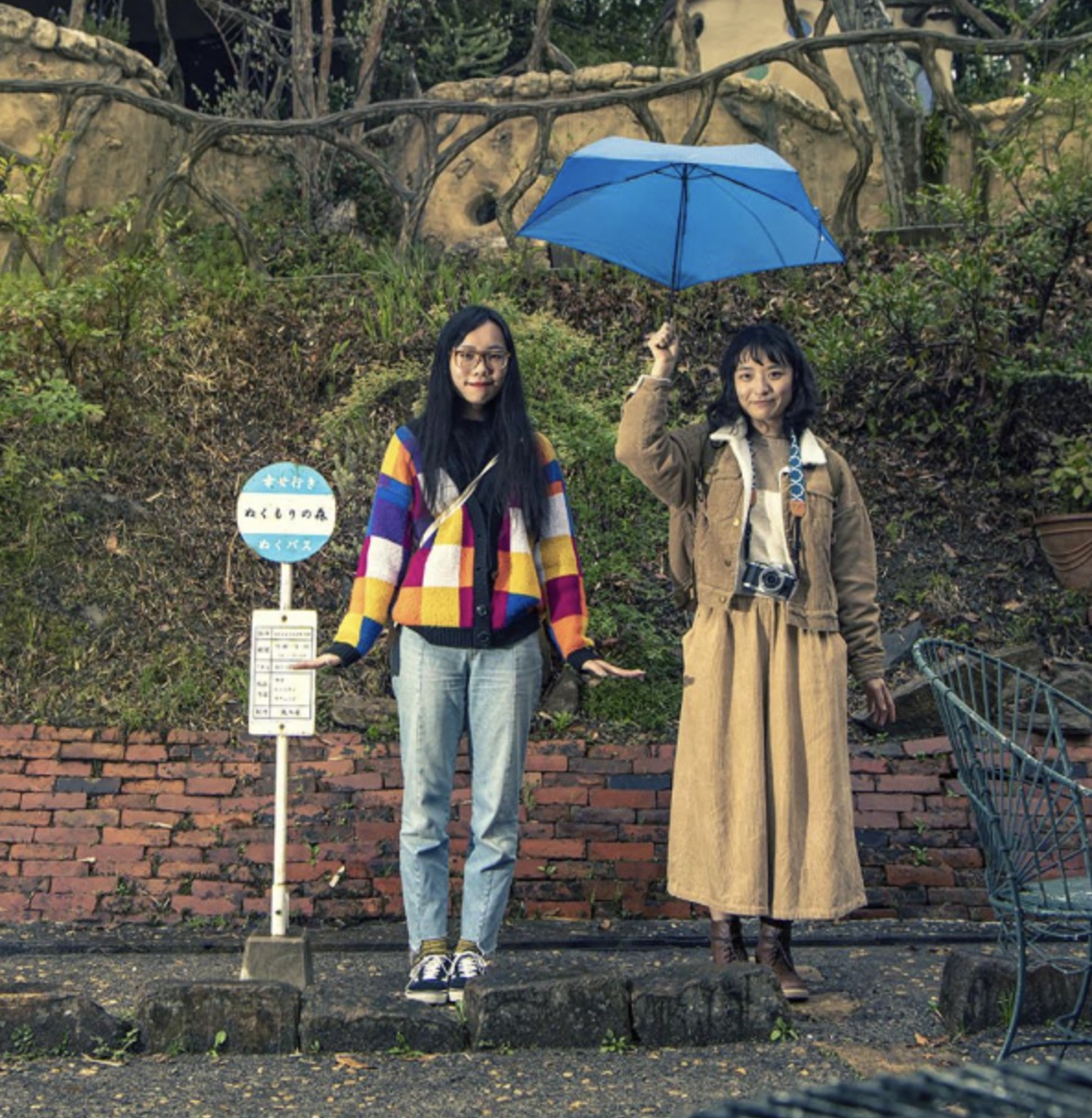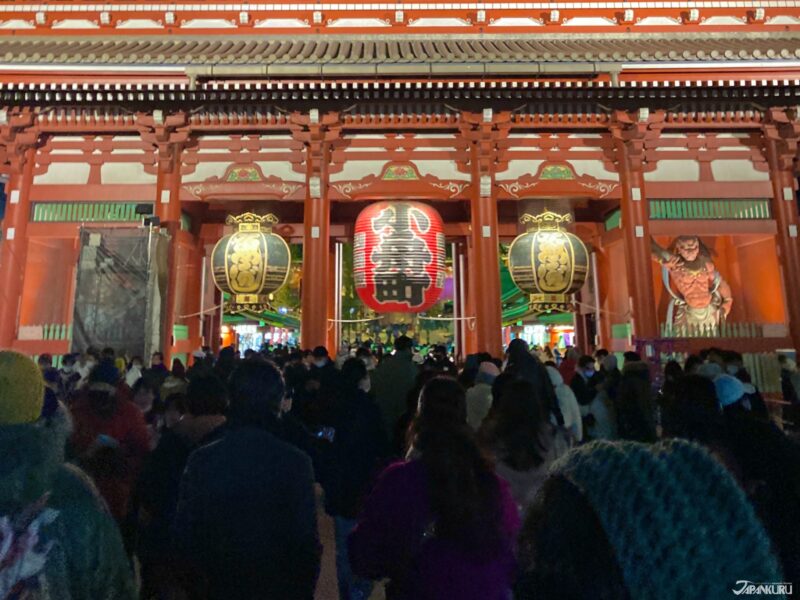
CONTENTS
How Does Japan Celebrate the New Year?
In Japan, when the clock ticks over to midnight, the New Year is signaled with temple bells instead of big flashy ball drops. So perhaps it’s no surprise that from late at night on New Year’s Eve until three days (or so) into the new year, one of the top priorities for many Japanese people is a visit to a shrine or temple. This tradition is called “hatsumode” (初詣), literally “first visit,” and it’s so prevalent that even people who never bother with shrines or temples make it their one visit of the year. Wherever the destination, hatsumode is an opportunity give thanks for the old year and pray for happiness in the new, making it a beloved tradition all across Japan.
The history of hatsumode dates back to Japan’s Heian period (794-1185), and back then people would actually stay overnight at shrines on the last day of the year, devoting their time to greeting the gods as the new year arrived. Close to a thousand years later, when the major industrial changes of the Meiji period (1868-1912) included new rail networks across the country, people began to use the trains to visit major shrines and temples, instead of just their nearest local spot. The term “hatsumode” actually became commonplace thanks largely to promotional campaigns from Japan’s railroad companies! The tradition has stuck around until the modern day, and although there are close to 160,000 shrines and temples all around Japan, certain destinations have become particularly popular as go-to hatsumode spots, attracting thousands or even millions of visitors within just the first few days of every year. These are the top hatsumode ten shrines and temples in Japan, according to the numbers reported in January 2024!
10th Place: Dazaifu Tenmangu Shrine | Fukuoka | 2.04 million visitors
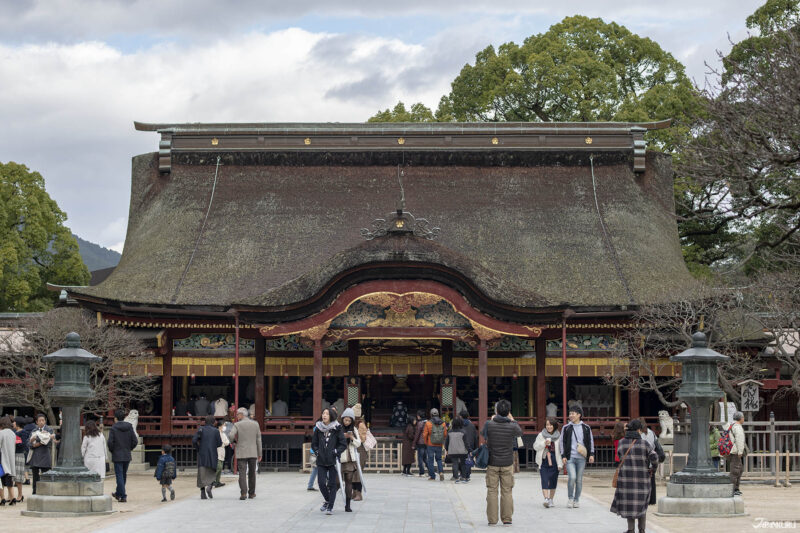
Dazaifu Tenmangu Shrine is one of the most visited shrines in Fukuoka throughout the year, attracting crowds of everyday sightseers along with waves of intrepid students who come to pray for good grades and test scores. This shrine was established in the Heian period as the head Tenmangu shrine, deifying and worshipping the revered scholar Sugawara no Michizane, who took on the moniker Tenmangu when he became a god of learning. For the millions of hatsumode visitors each year, the shrine is also said to offer blessings to ward off bad luck, ensure a good harvest, and generally bring good fortune.
9th Place: Omiya Hikawa Shrine | Saitama | 2.05 million visitors
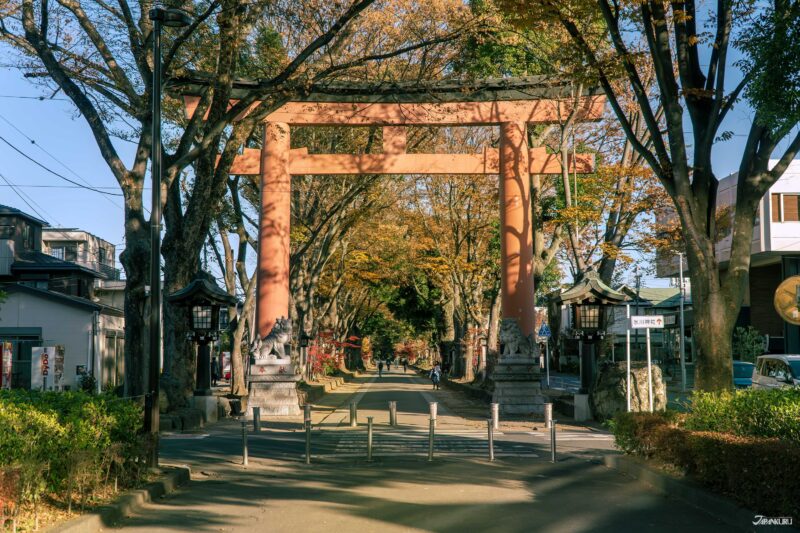
Located just a quick train trip outside of Tokyo, this shrine is said to have been founded before the common era, more than 2,000 years ago, and its position at the head of all Hikawa shrines in Japan means that visitors fill the shrine grounds during the New Year’s period. Officially named the Musashi Ichinomiya Hikawa Shrine (but more commonly known by the name Omiya Hikawa), this sanctuary was built to worship three of Japan’s supposed “eight million gods,” namely Susanoo, his wife Inadahime (AKA Kushinadahime), and his son/descendent Onamuchi (AKA Okuninushi). Even on the chilly winter days of the new year, many visitors relish the picturesque walk along the long, tree-lined path approaching the shrine gate, before praying for the gods to ward off bad luck and calamity, and bring a little luck in the romance department instead!
8th Place: Atsuta Jingu Shrine | Aichi | 2.35 million visitors
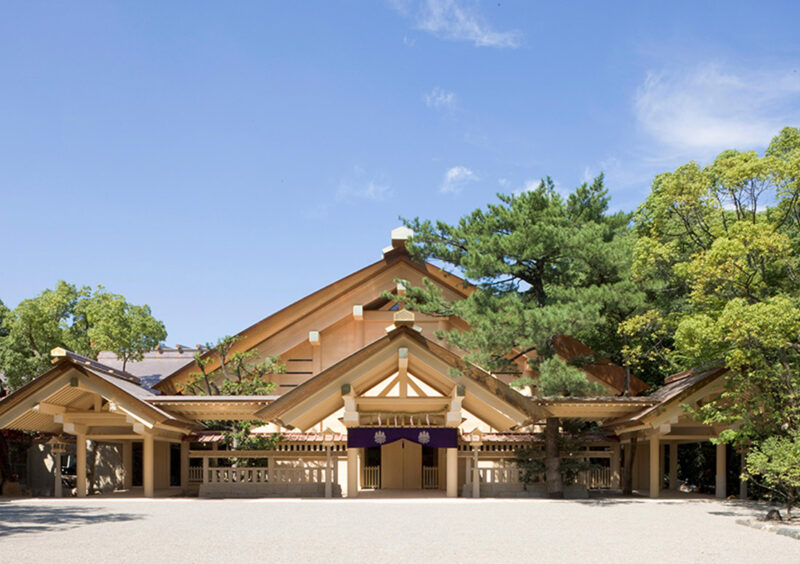
Often included among Japan’s “Three Great Jingu Shrines,” Aichi’s Atsuta Jingu is famous for housing a portion of Japan’s Imperial Regalia. According to legend, the sacred sword “Kusanagi no Tsurugi” was brought to Japan by the gods long ago, in the days when mythology and history were not so distinct. Since the shrine’s construction during Japan’s Nara period (710-794), visitors have come to pray to the sword – supposedly imbued with the spirit of the god Amaterasu – which is believed to bring protection from bad luck, safety at home, and success in business in other ventures. It’s also known as a “power spot,” which can supposedly boost your energy and leave you feeling energized – ready to tackle the new year ahead!
7th Place: Tsurugaoka Hachimangu Shrine | Kanagawa | 2.51 million visitors
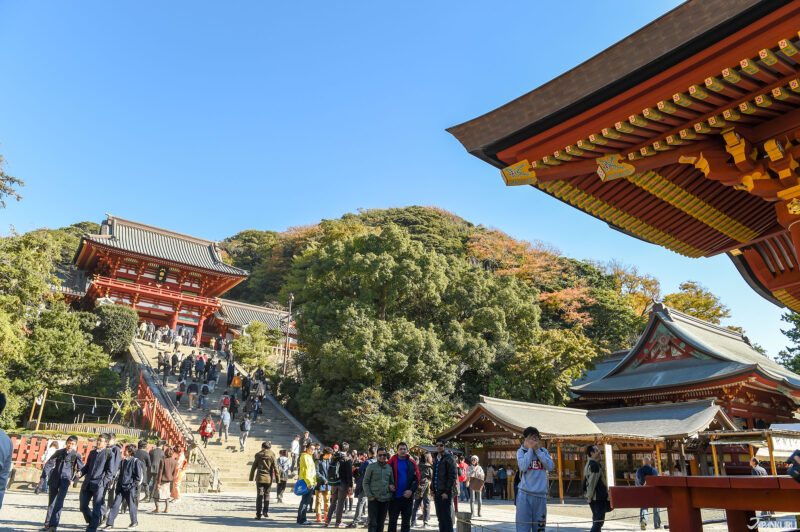
The charming seaside town of Kamakura is known for its enormous giant Buddha, or perhaps temples crowded with flowers each spring, and in the summer the beaches are crowded with surfers and sunbathers. For a few days every year, however, Kamakura’s main destination becomes Tsurugaoka Hachimangu Shrine. The shrine was originally dedicated to the legendary Japanese Emperor Ojin in the year 1063, and when Minamoto no Yoritomo founded the Kamakura shogunate and came to rule over Japan, he reestablished Tsurugaoku Hachimangu and asked the gods to watch over his new government. The days of the Kamakura shogunate are long over, but the shrine still stands as a historic and cultural monument, and Emperor Ojin is believed to offer blessings for professional, financial, and romantic success, as well as general good fortune. Expecting parents are also a common sight at Tsurugaoka Hachimangu – the shrine earned a reputation for blessing children with a safe and easy birth after the iconic shrine steps were built upon the occasion of Masako’s pregnancy (Minamoto no Yoritomo’s wife).
6th Place: Sumiyoshi Taisha Shrine | Osaka | 2.6 million visitors
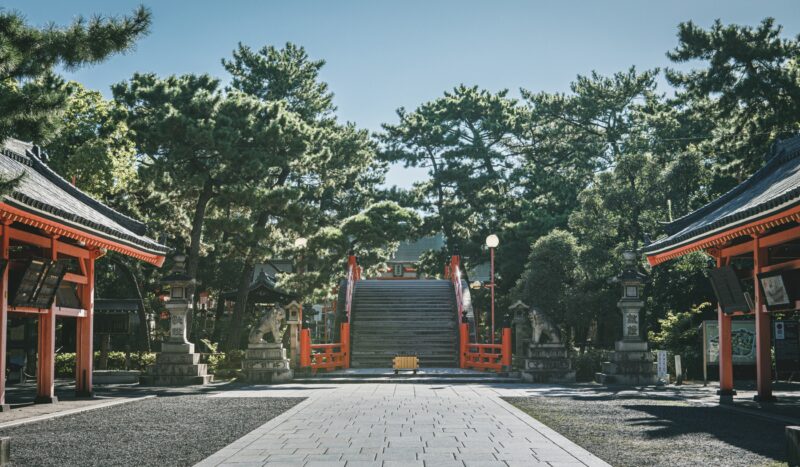
Caught in the fuzzy web of history and legend that entangles so much of Japan’s past, some versions of the story tell us that Osaka’s Sumiyoshi Taisha was founded by Empress Jingu a few years after her reign began, around the year 200. The empress wished to enshrine the so-called Sumiyoshi sanjin, three brother gods associated with the sea and sailing, who had blessed her expedition to the three Han nations of ancient Korea. After her death, the empress was enshrined alongside the brothers, and many now visit to receive good fortune, protection from bad luck, and – of course – safe voyages! Not a bad idea before you get on the lengthy plane ride home.
5th Place: Fushimi Inari Taisha Shrine | Kyoto | 2.77 million visitors
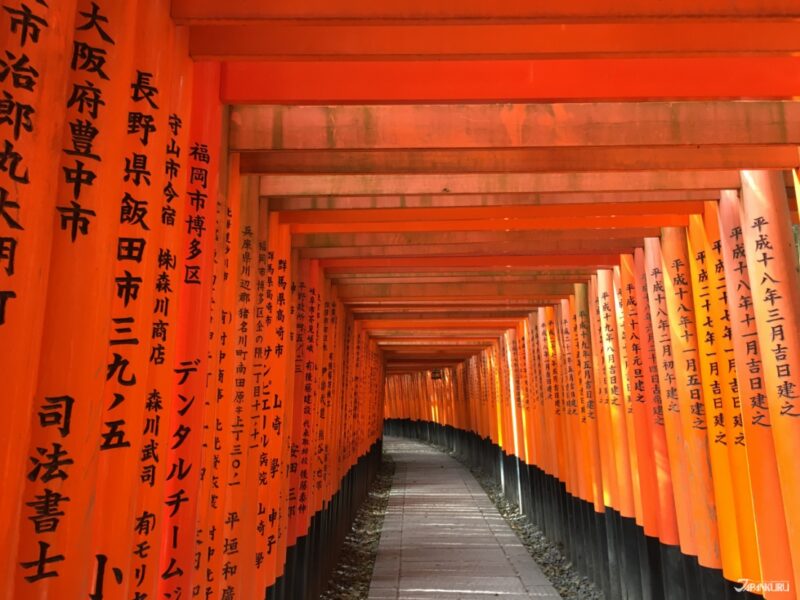
One of the most iconic destinations in the beloved sightseeing paradise of Kyoto, Fushimi Inari Taisha is Japan’s head Inari shrine, dedicated to Inari Okami – god of rice, tea, sake, agriculture, industry, fertility, and general prosperity, along with foxes. Look for foxes at Shinto shrines in Japan and you’ll find them everywhere, since Fushimi Inari Taisha is the top shrine of somewhere around 30,000 Inari shrines throughout Japan, many of which take up a corner at another, larger shrine. With the important responsibility of keeping rice on the table, and thus keeping the people of Japan alive, perhaps it’s no surprise that shrines to Inari are so ubiquitous, and Fushimi Inari Taisha is such a popular destination! Visitors crowd the shrine (and the surrounding streets) during hatsumode season and on throughout the year, receiving blessings for professional and financial prosperity, admiring the thousands of vibrant vermillion shrine gates, and even climbing to the top of the small mountain the shrine is built on.
4th Place: Sensoji Temple | Tokyo | 2.93 million visitors
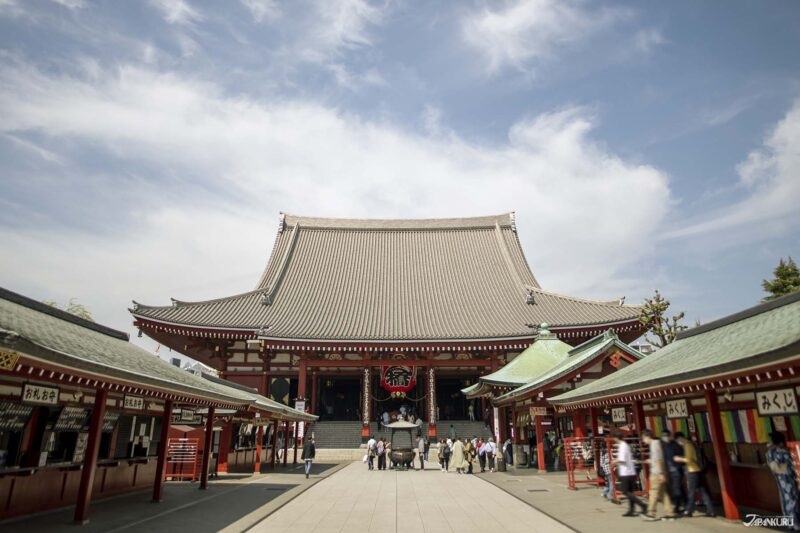
One of Tokyo’s biggest hatsumode spots is its oldest Buddhist temple, Sensoji, founded during the reign of Empress Suiko – close to 1,500 years ago. Temple history tells us that it was established when a statue of the deity Kannon was fished out of the nearby Sumida River. Nowadays, the temple is known for the rather all-encompassing blessing of “fulfilling wishes,” which is why millions of visitors come to have their prayers heard at the new year. Sensoji’s omikuji fortunes are also a standard part of every visit, and the temple is notorious for maintaining the traditional ratio of good and bad fortunes ready to be chosen at random (or chosen for you by the whims of the gods), unlike some other shrines and temples that stack the odds in your favor. This means that some visitors might leave with the weight of bad luck hanging over their heads for the next year, but for those who pick a good fortune, it feels particularly meaningful – like the gods are really on your side!
3rd Place: Kawasaki Daishi (Heikenji Temple) | Kanagawa | 3.08 million visitors
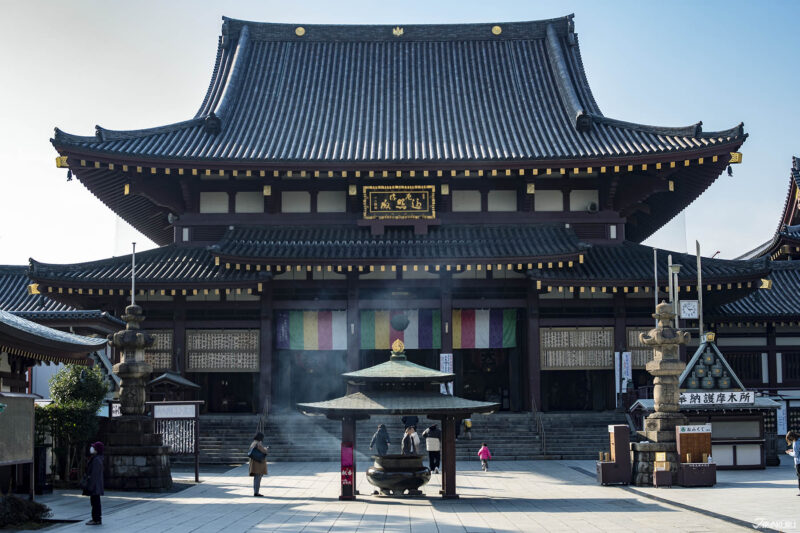
The city of Kawasaki sits just beyond the Tokyo city limits, and while these days it’s known as a manufacturing and shipping hub, the city originally grew up around the grand temple of Heikenji, often called Kawasaki Daishi. Built during the Heian period, Kawasaki Daishi is said to be the birthplace of railway-driven “hatsumode,” becoming a New Year’s destination once the Keikyu Railway opened its Daishi Line to transport visitors! Since the temple is part of the school of Shingon Buddhism, following the teachings of the monk Kobo Daishi, the temple offers blessings such as good health, longevity, and home safety, as well as protection from bad luck.
2nd Place: Naritasan Shinshoji Temple | Chiba | 3.11 visitors
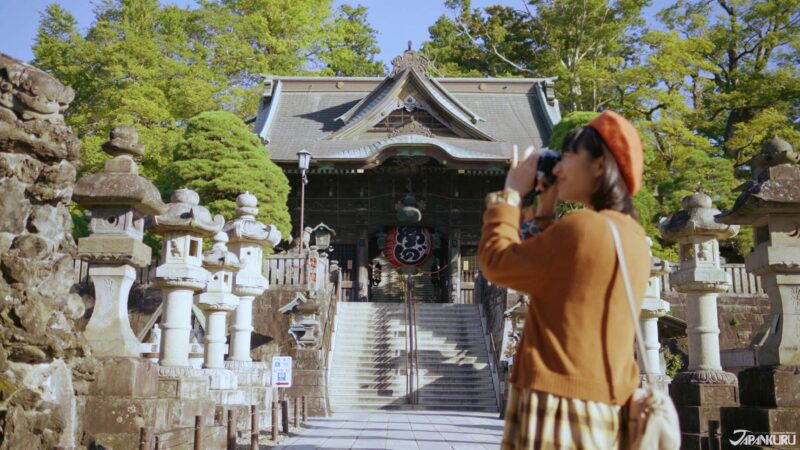
While millions of international travelers pass through Narita Airport each year on their visit to Japan, few of them realize that Narita is a town with its own history and sights to see, the most popular one being Naritasan Shinshoji Temple. Founded during the Heian period, Naritasan Shinshoji was religiously important but rural, and not widely visited, until Edo (present-day Tokyo) became the capital of Japan. It was the temple’s abbot who persuaded Tokugawa Ieyasu (one of Japan’s three great unifiers) to embrace Buddhism, after the shogun had relocated the nation’s government nearby. With the leader of Japan becoming a regular visitor, it’s no surprise that this temple in the countryside surrounding Tokyo quickly became a destination, especially for hatsumode. You can now visit to pray to the deity Fudo Myoo, and ask for all kinds of blessings, including good luck and protection from misfortune, health, and prosperity.
1st Place…
Meiji Jingu Shrine | Tokyo | 3.19 million visitors
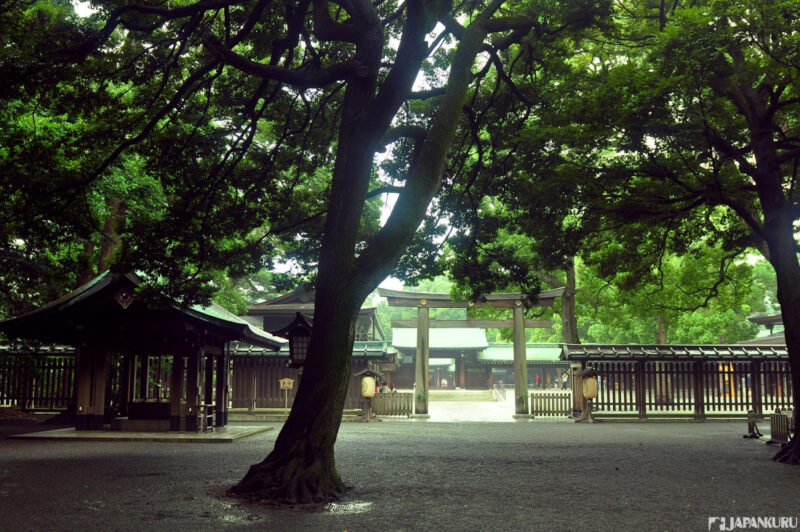
The most recently constructed shrine on this list is also the most popular hatsumode destination in all of Japan, thanks in part to its location in the heart of Tokyo, butting up against Harajuku Station. Meiji Jingu Shrine was constructed in the 1920s, dedicated to Emperor Meiji and Empress Shoken, who ruled at the turn of the century. Tucked away in a wooded park, grown from trees shipped in from all over Japan, on a normal day Meiji Jingu feels like a green oasis in the middle of the city. During the first few days of the year, however, it can sometimes take more than three hours of waiting in line to even get into the main sanctuary. Hopefully the wait is worth it, since the shrine is said to offer blessings for general protection from misfortune, academic success, along with romantic and marital success – only fitting for a shrine dedicated to a married couple. Before you leave, reenergize yourself with a stop at Kiyomasa’s Well, which is said to be the best “power spot” in Tokyo!
Try Hatsumode in Japan!
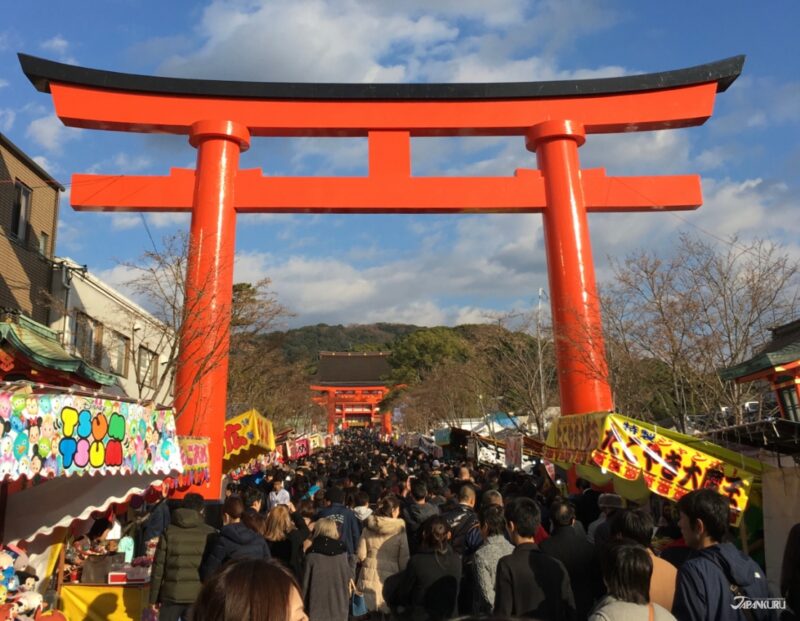
The New Year’s holidays are a slightly strange time to visit Japan, with many shops and attractions closed, but many special events happening at the same time. If you’re not sure what to do during the first few days of the new year, then we can only suggest you join the crowds and experience the holiday like a local. Cross a few of these shrines and temples off the list, wish yourself and your loved ones good luck for the year ahead, and enjoy hatsumode in Japan!
For more info and updates from Japan, check Japankuru for new articles, and don’t forget to follow us on X (Twitter), Instagram, and Facebook!
Half a lifetime ago I came to Japan for a semester abroad... and I never left. I guess I really like the place! I spent my first few years in Japan living in the middle of nowhere, so I'd love to hear your Tokyo recommendations via Japan's social media accounts!
COMMENT
FEATURED MEDIA
VIEW MOREMAP OF JAPAN
SEARCH BY REGION

LATEST
VIEW MOREEVENT CALENDAR
VIEW MOREMOST POPULAR
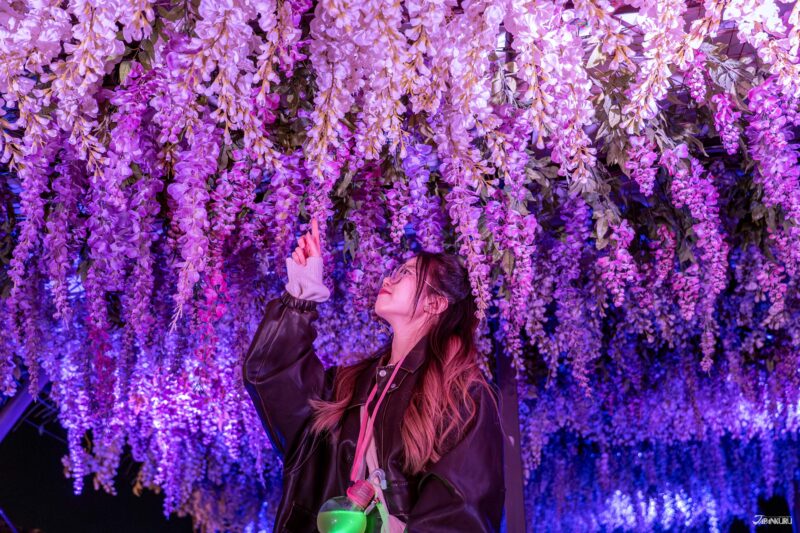 Tokyo Winter Recommendation: Don’t Miss Tokyo Mega Illumination, Japan’s #1 Light Show
Tokyo Winter Recommendation: Don’t Miss Tokyo Mega Illumination, Japan’s #1 Light Show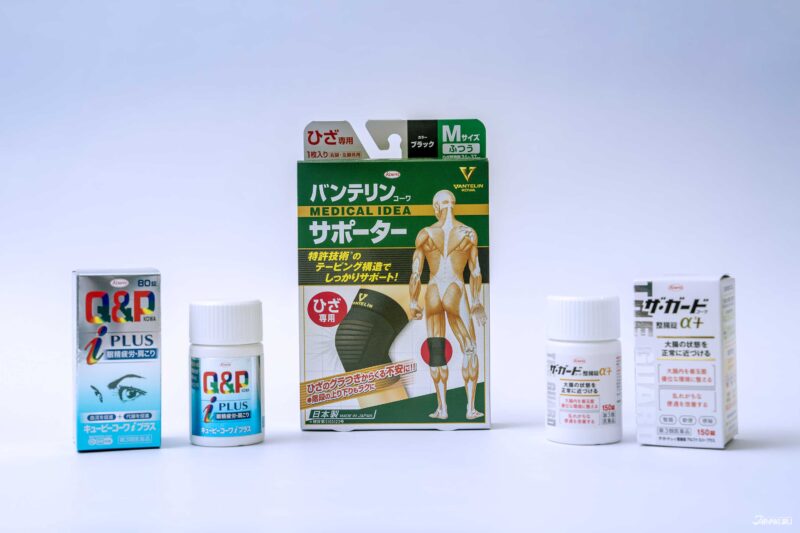 ป้ายยาสินค้าน่าซื้อในร้านขายยาญี่ปุ่น | KOWA ผลิตภัณฑ์เพื่อสุขภาพสำหรับคนยุคใหม่
ป้ายยาสินค้าน่าซื้อในร้านขายยาญี่ปุ่น | KOWA ผลิตภัณฑ์เพื่อสุขภาพสำหรับคนยุคใหม่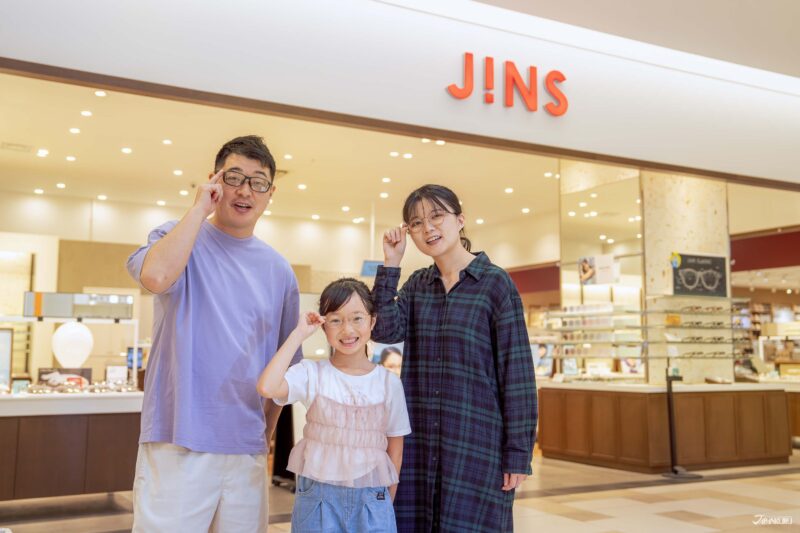 Okinawa Family Road Trip: Japanese Glasses Shopping at San-A Urasoe West Coast PARCO CITY, Discount Coupons, & Okinawa Sightseeing with JINS
Okinawa Family Road Trip: Japanese Glasses Shopping at San-A Urasoe West Coast PARCO CITY, Discount Coupons, & Okinawa Sightseeing with JINS

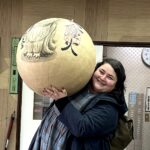



 >> Find out more at Japankuru.com! (link in bio)
#
>> Find out more at Japankuru.com! (link in bio)
#





 The Robot Restaurant is gone, but the Samurai Restaurant is here to take its place. Check it out, and don't forget your coupon!
The Robot Restaurant is gone, but the Samurai Restaurant is here to take its place. Check it out, and don't forget your coupon!
 신주쿠의 명소 로봇 레스토랑이 사무라이 레스토랑으로 부활! 절찬 쿠폰 발급중
신주쿠의 명소 로봇 레스토랑이 사무라이 레스토랑으로 부활! 절찬 쿠폰 발급중
 18歲以上才能入場的歌舞秀,和你想的不一樣!拿好優惠券去看看~
#tokyo #shinjuku #samurairestaurant #robotrestaurant #tokyotrip #도쿄여행 #신주쿠 #사무라이레스토랑 #이색체험 #할인이벤트 #歌舞伎町 #東京景點 #武士餐廳 #日本表演 #日本文化體驗 #japankuru #japantrip #japantravel #japanlovers #japan_of_insta
18歲以上才能入場的歌舞秀,和你想的不一樣!拿好優惠券去看看~
#tokyo #shinjuku #samurairestaurant #robotrestaurant #tokyotrip #도쿄여행 #신주쿠 #사무라이레스토랑 #이색체험 #할인이벤트 #歌舞伎町 #東京景點 #武士餐廳 #日本表演 #日本文化體驗 #japankuru #japantrip #japantravel #japanlovers #japan_of_insta
 코지마 x 빅 카메라 쿠폰으로 일본 가전 제품 쇼핑하기
#pr #japankuru #japanshopping #kojima #biccamera #japaneseskincare #yaman #dji #osmopocket3 #skincaredevice #日本購物 #美容儀 #相機 #雅萌 #日本家電 #일본여행 #면세 #여행꿀팁 #일본쇼핑리스트 #쿠폰 #일본쇼핑 #일본브랜드 #할인 #코지마 #빅카메라 #japankurucoupon
코지마 x 빅 카메라 쿠폰으로 일본 가전 제품 쇼핑하기
#pr #japankuru #japanshopping #kojima #biccamera #japaneseskincare #yaman #dji #osmopocket3 #skincaredevice #日本購物 #美容儀 #相機 #雅萌 #日本家電 #일본여행 #면세 #여행꿀팁 #일본쇼핑리스트 #쿠폰 #일본쇼핑 #일본브랜드 #할인 #코지마 #빅카메라 #japankurucoupon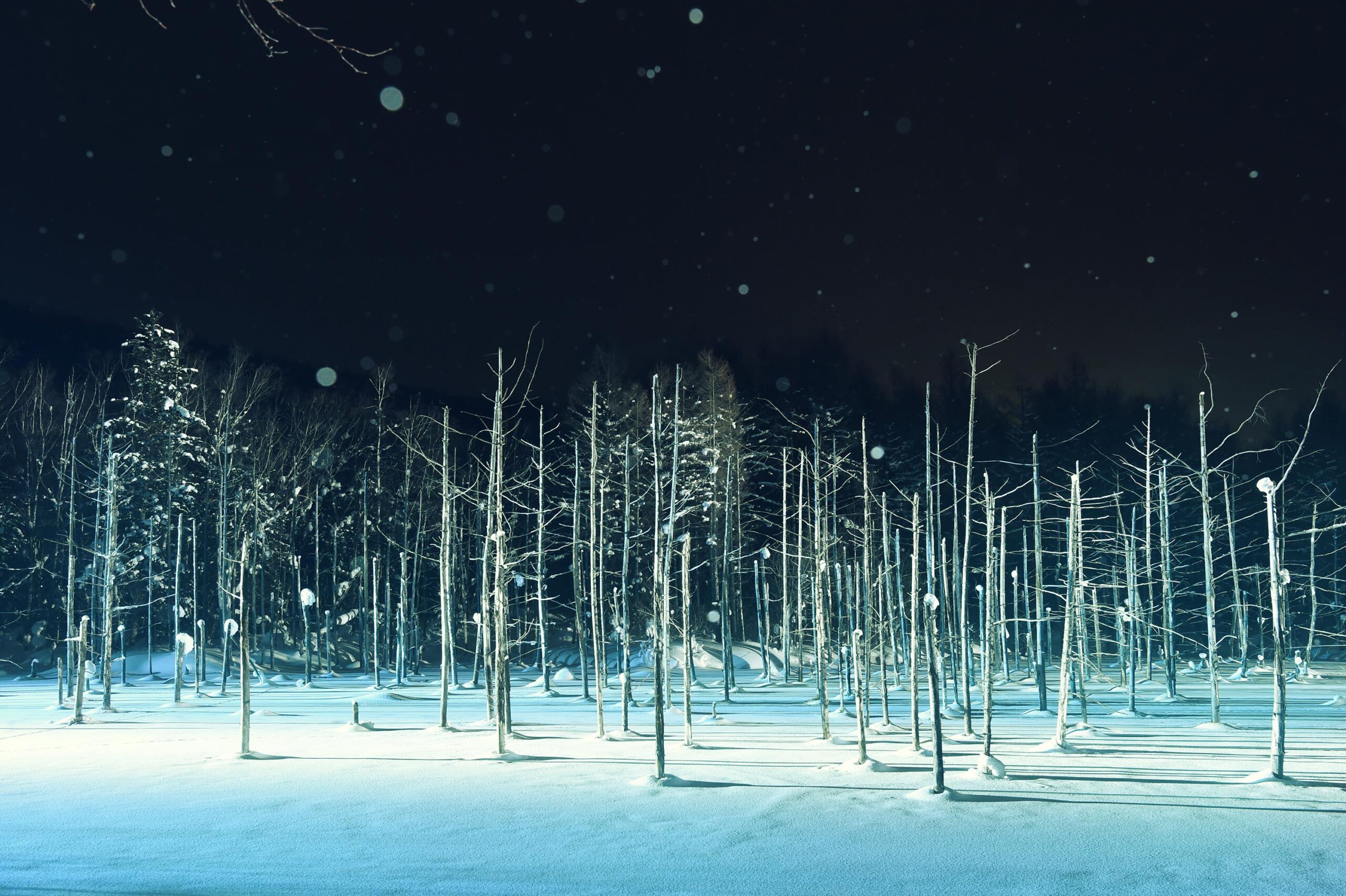
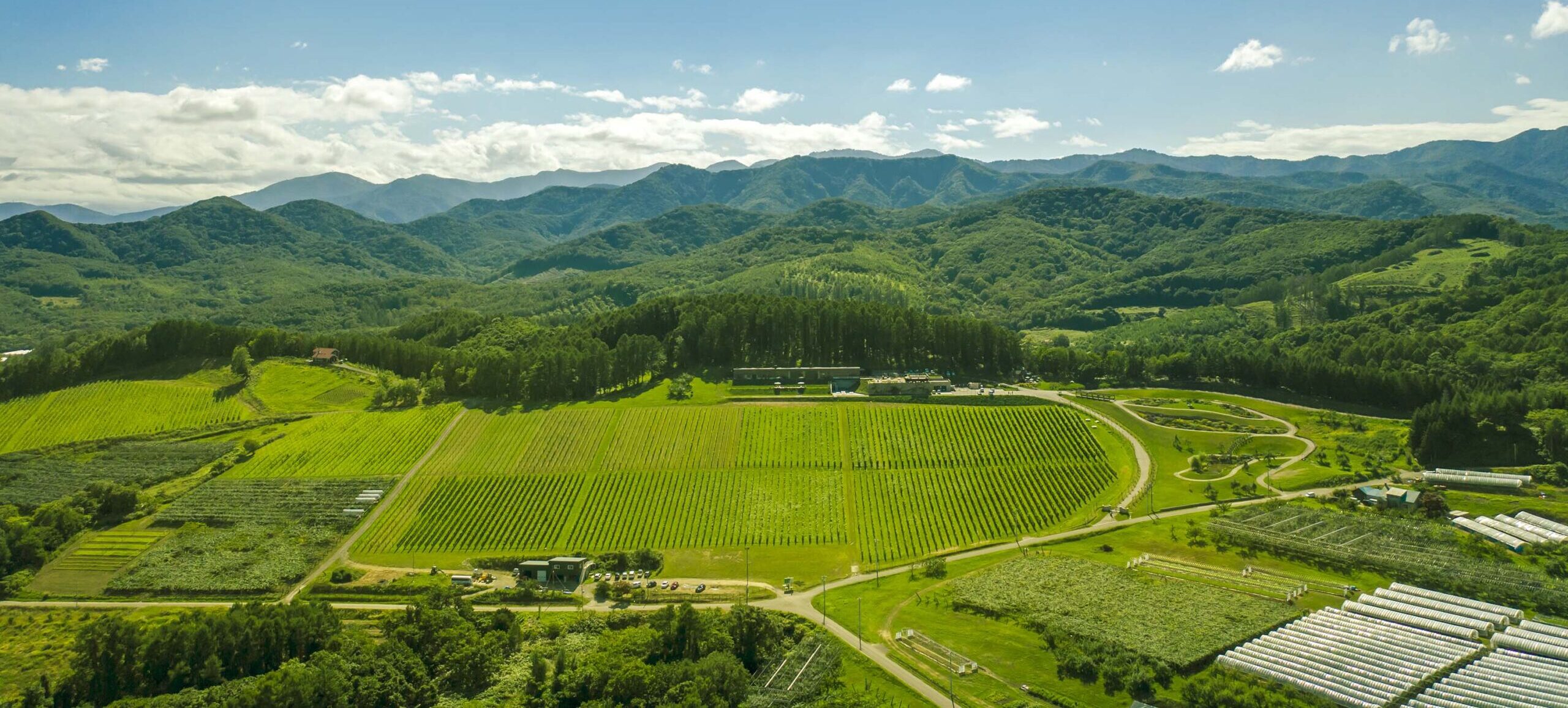
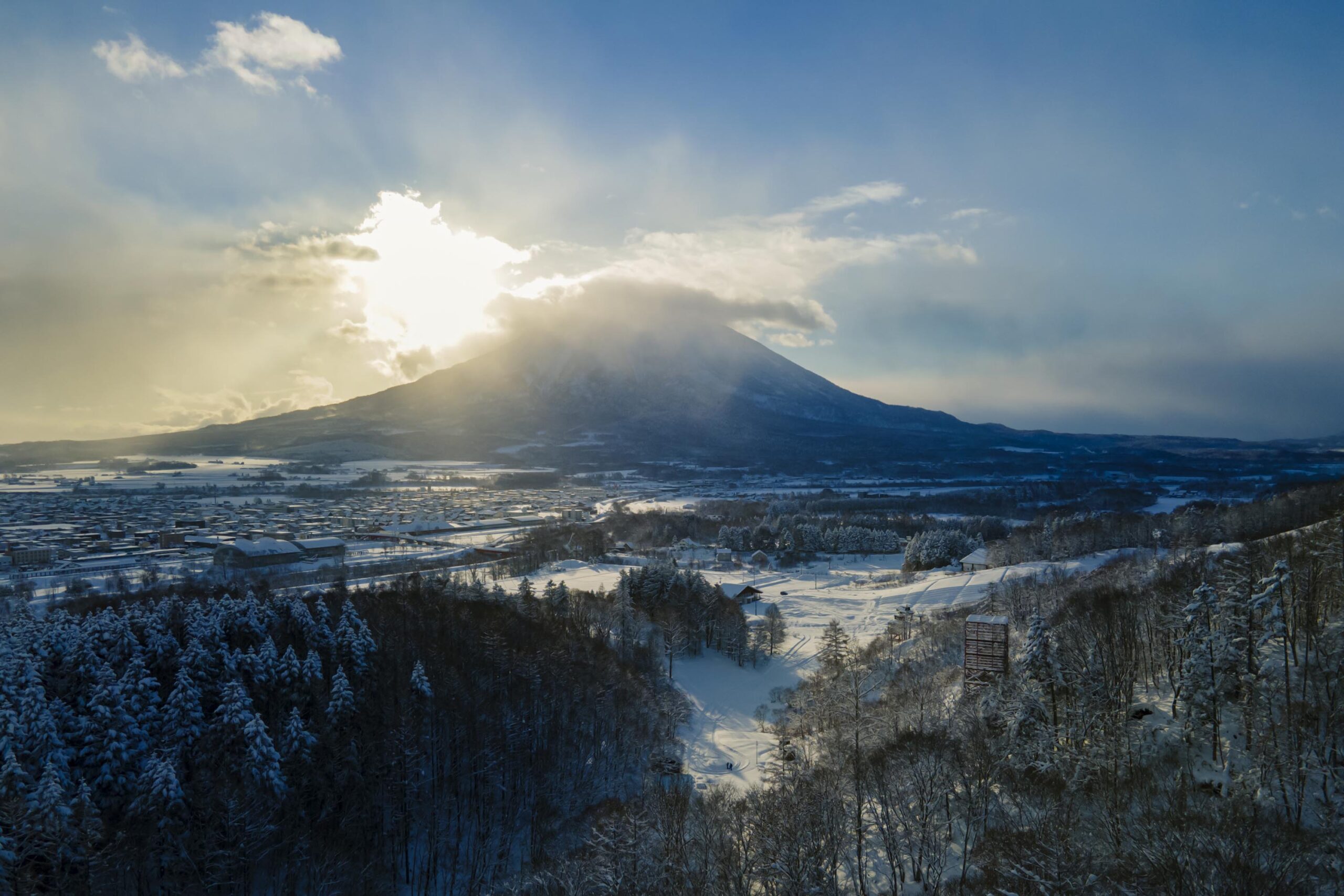
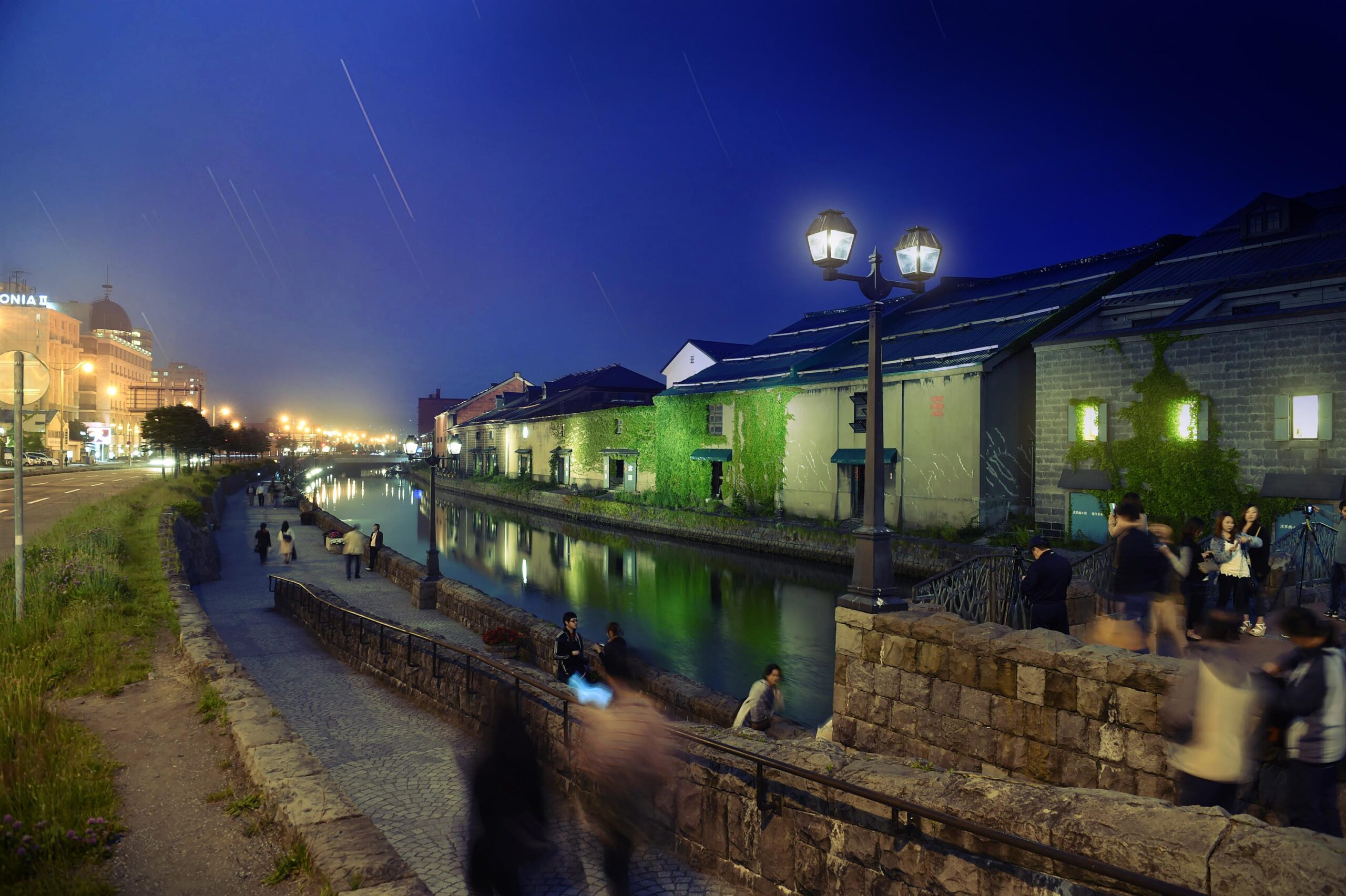
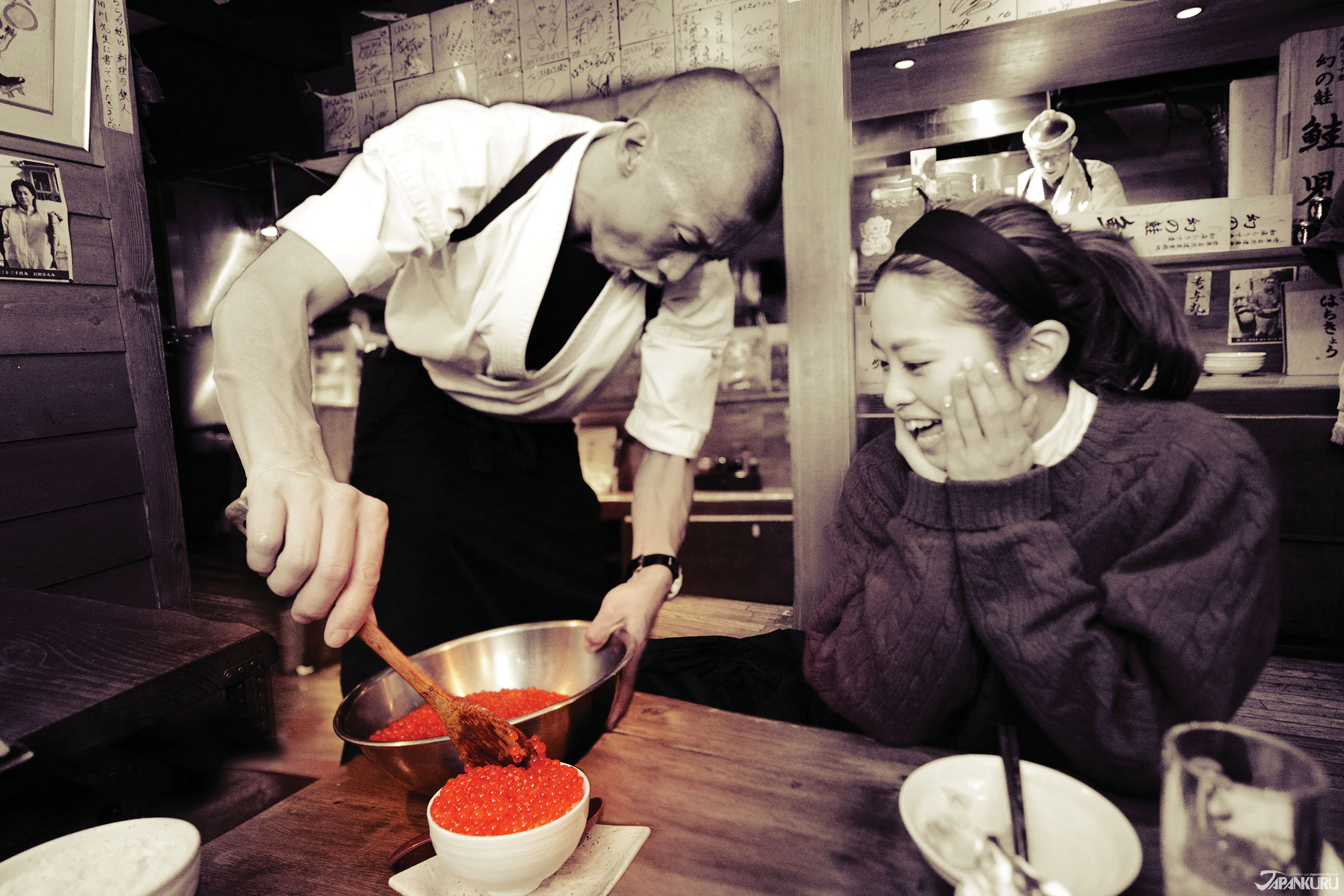
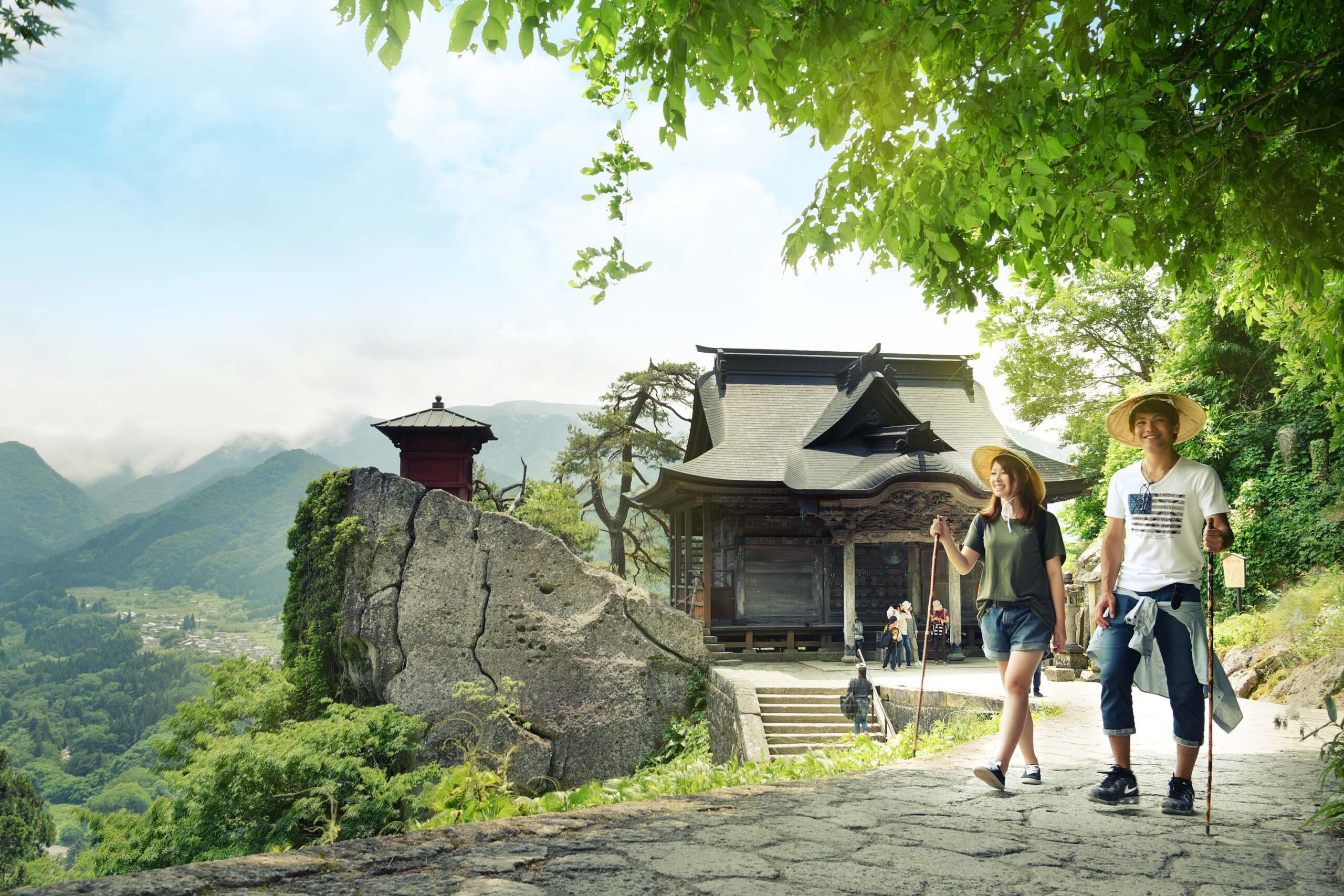
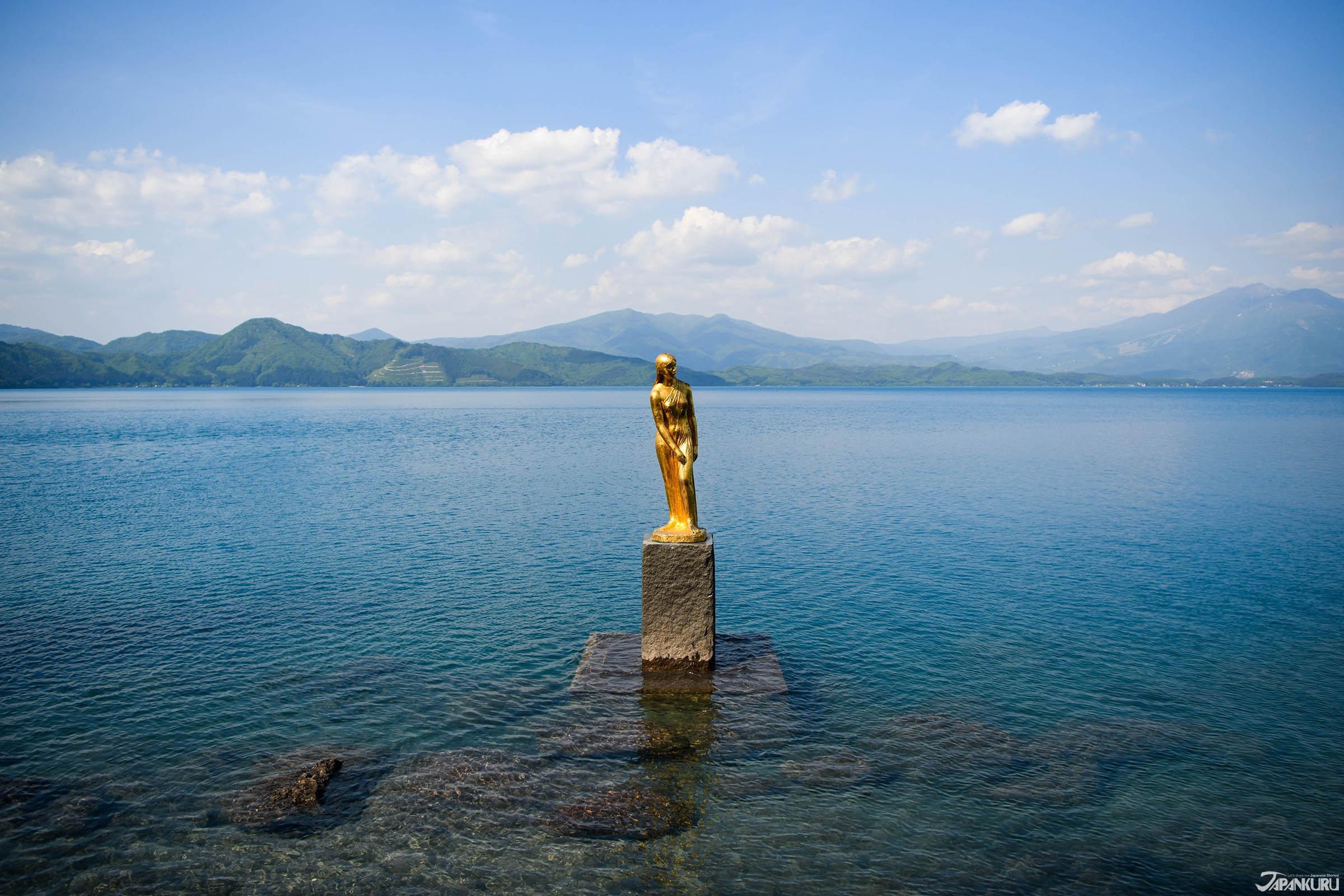

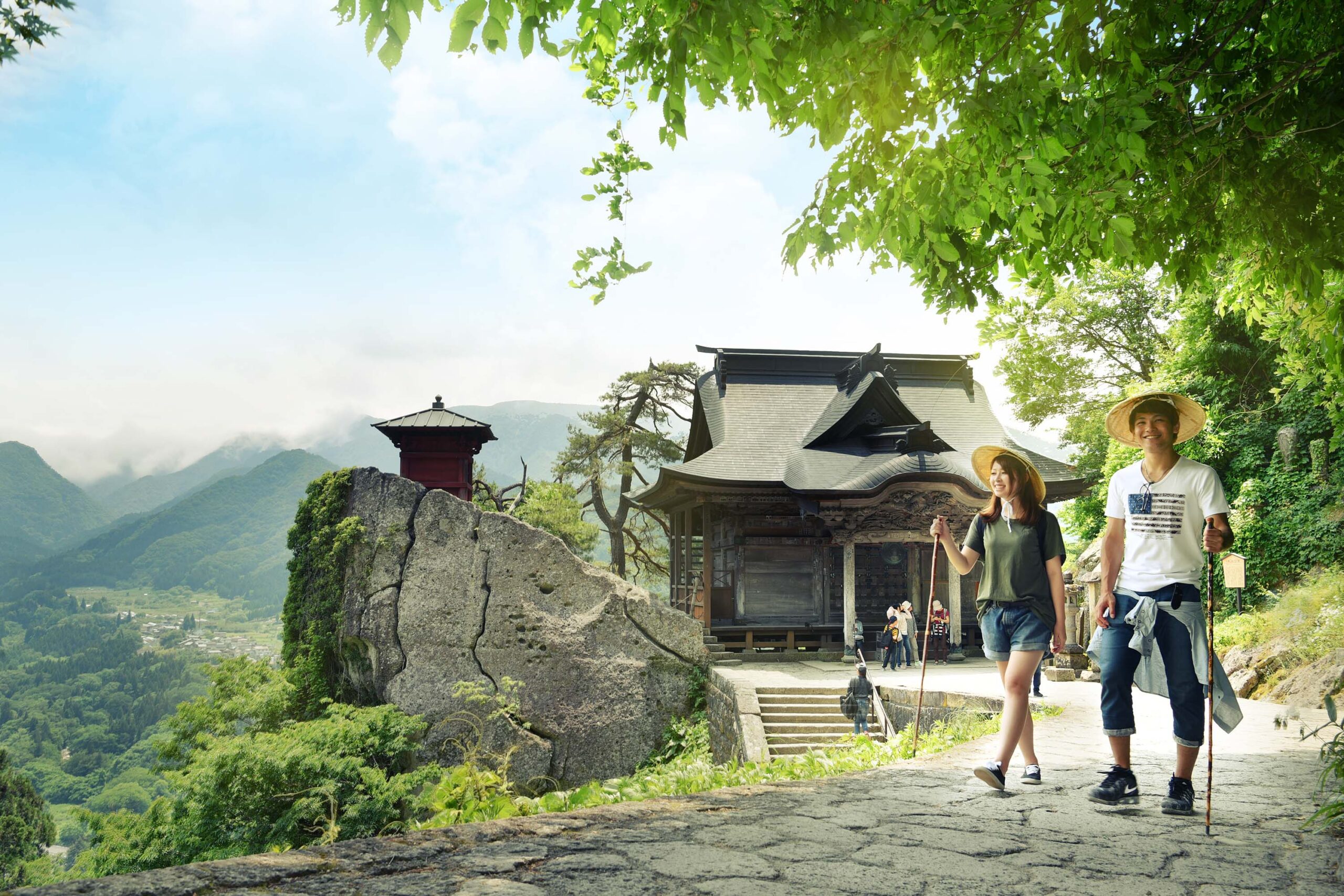
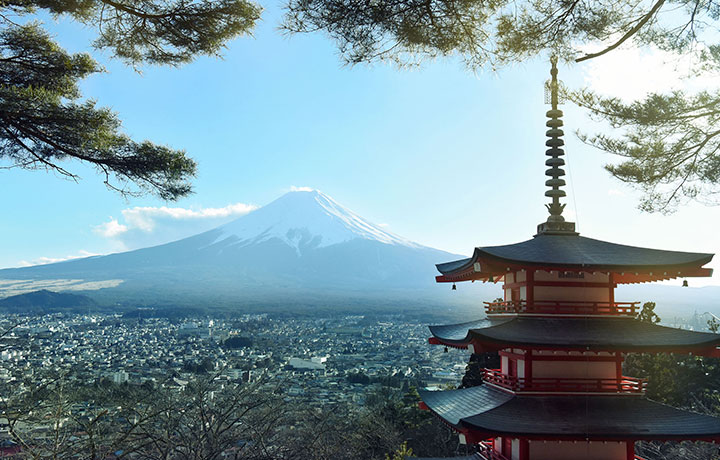
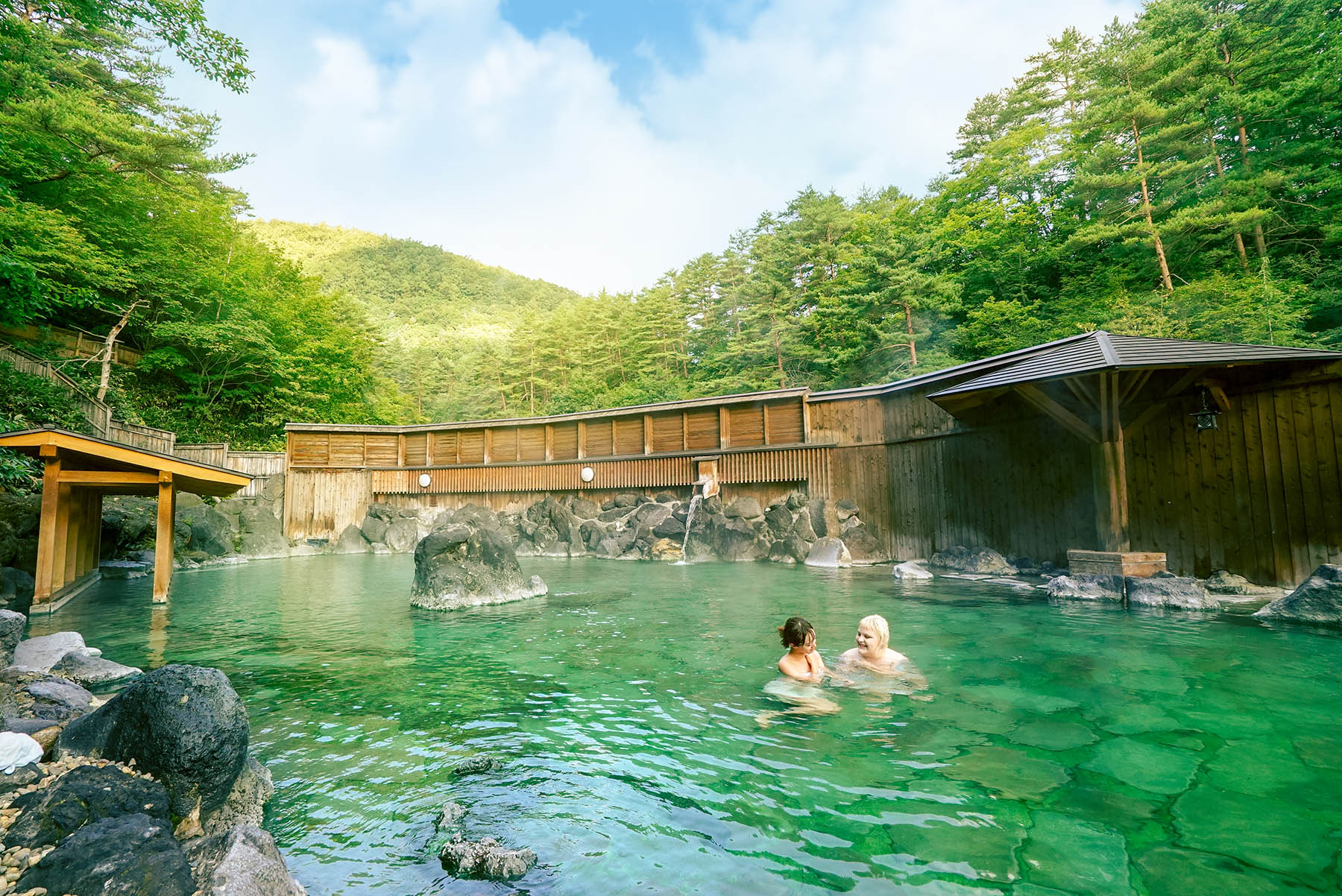

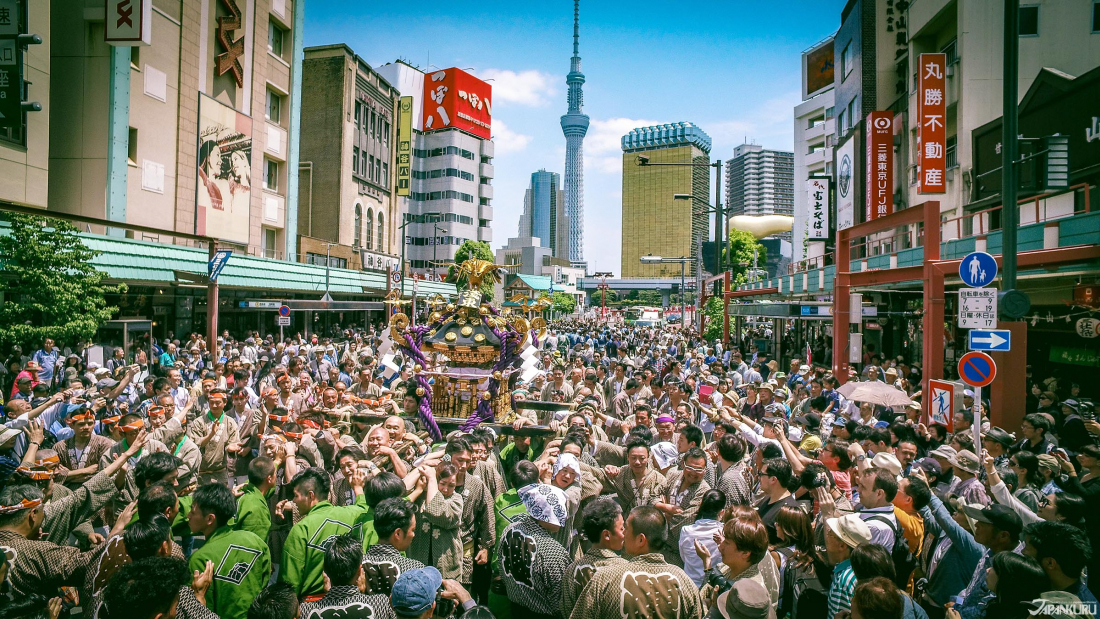
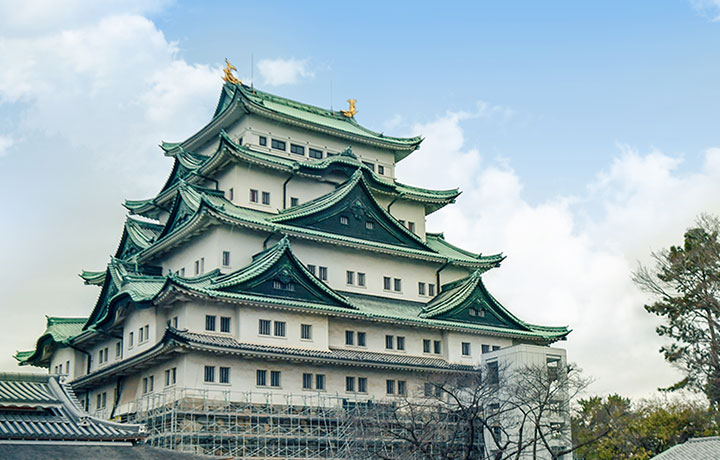
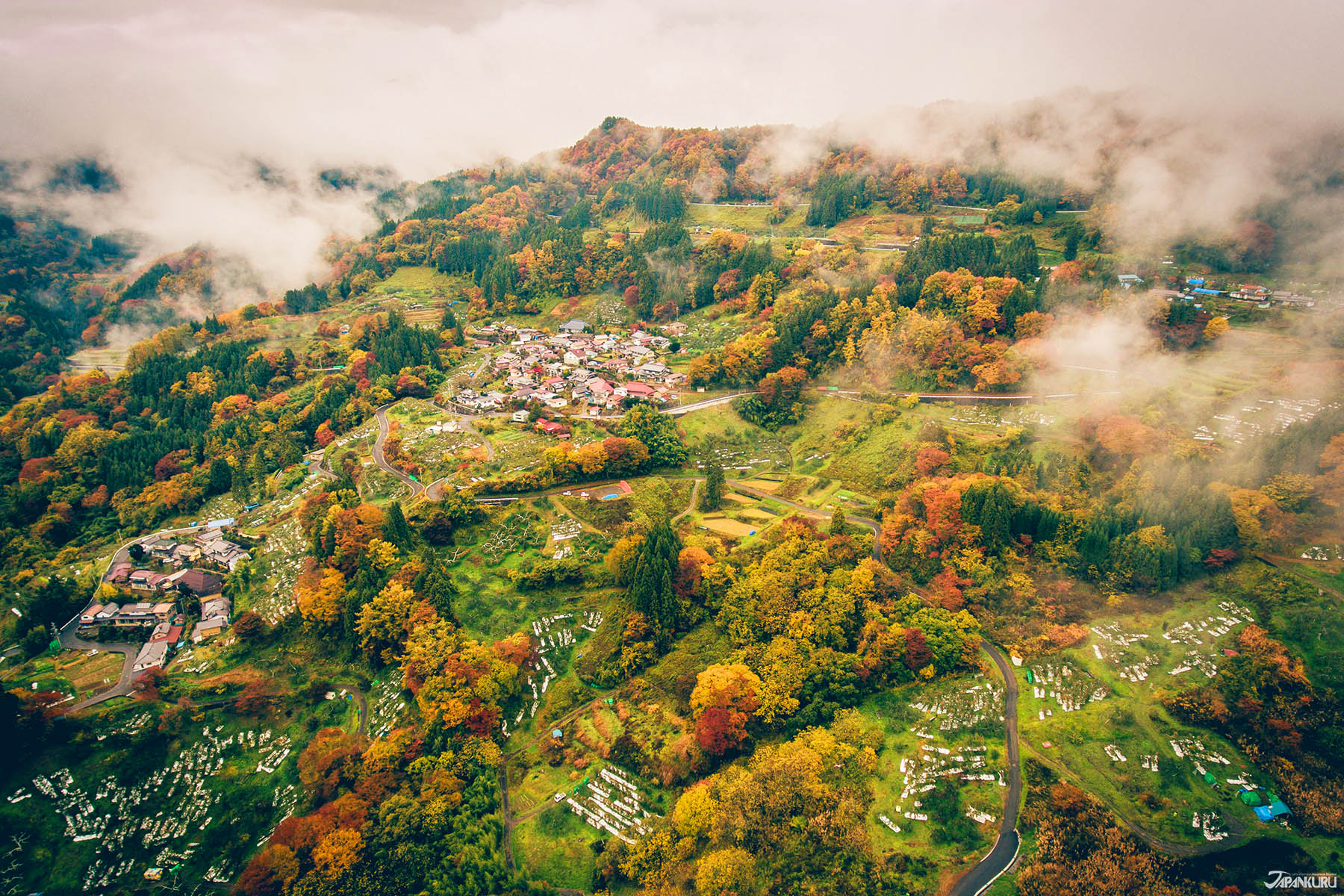
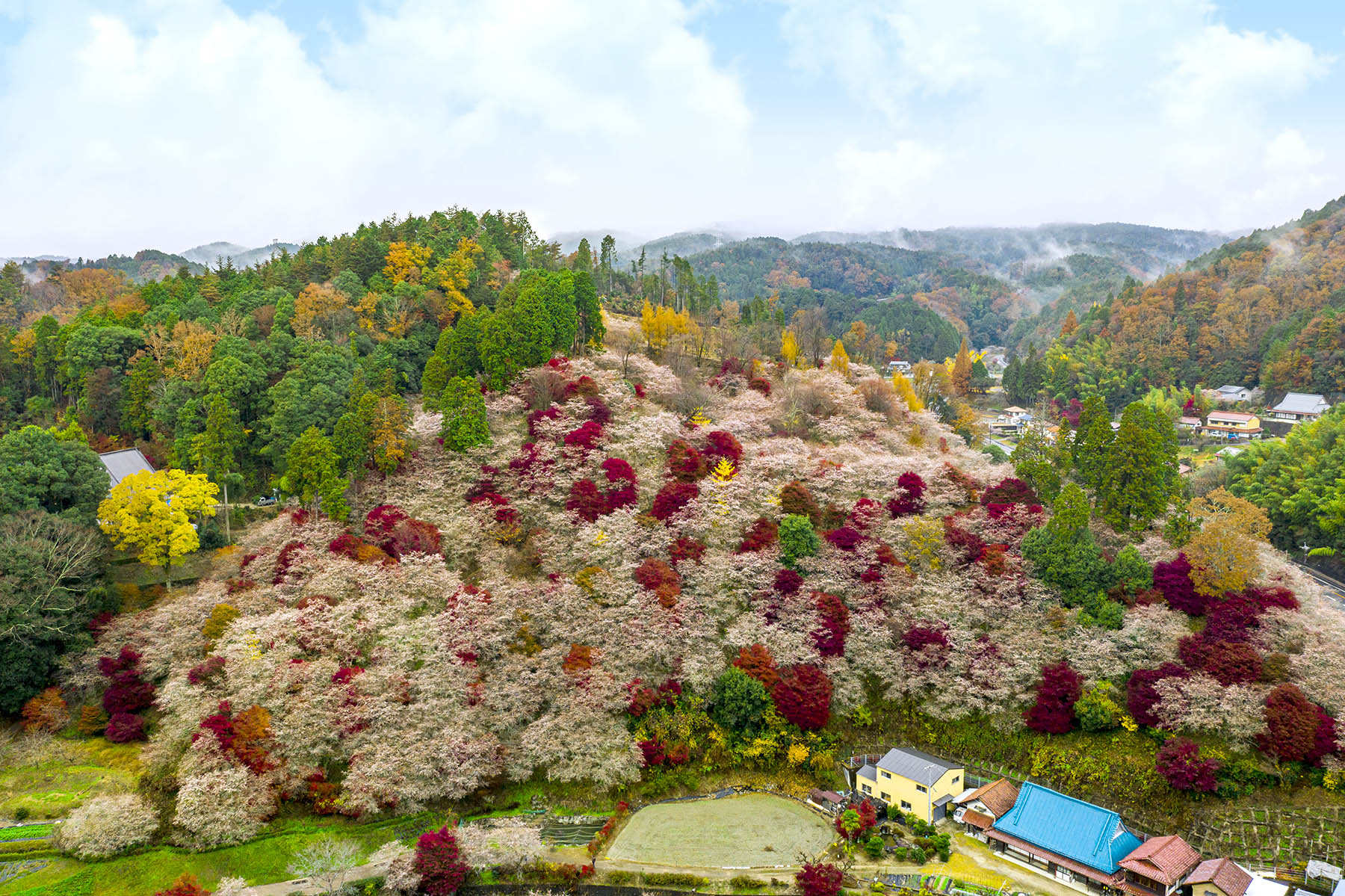
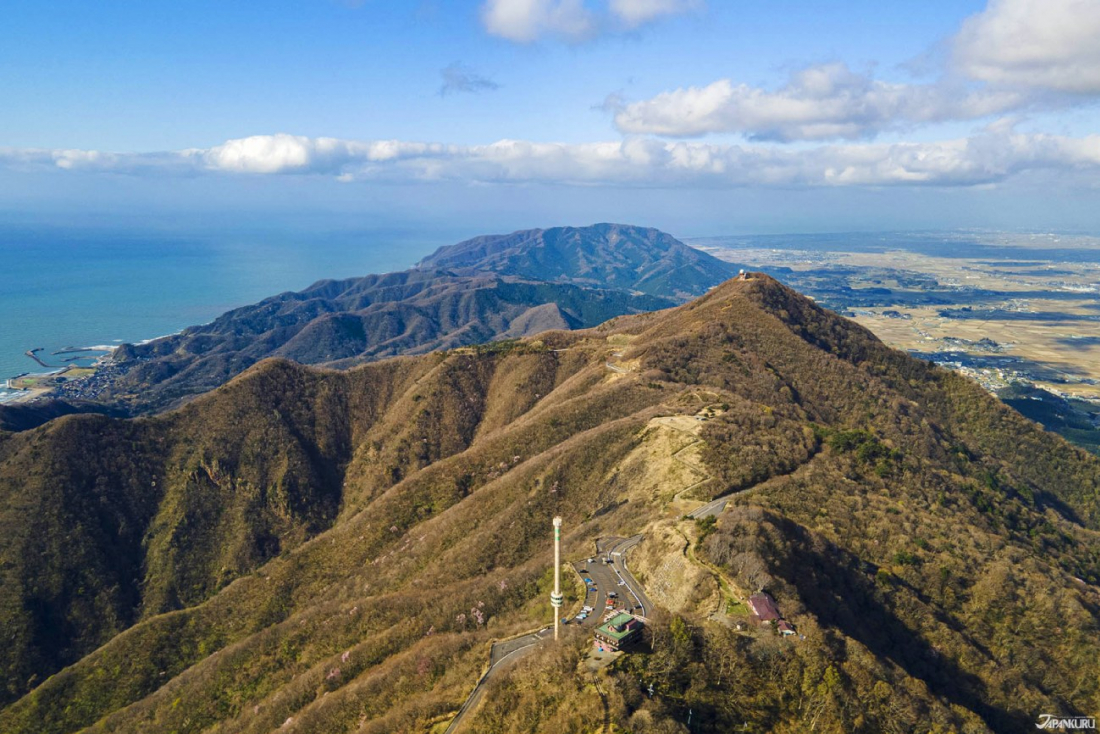
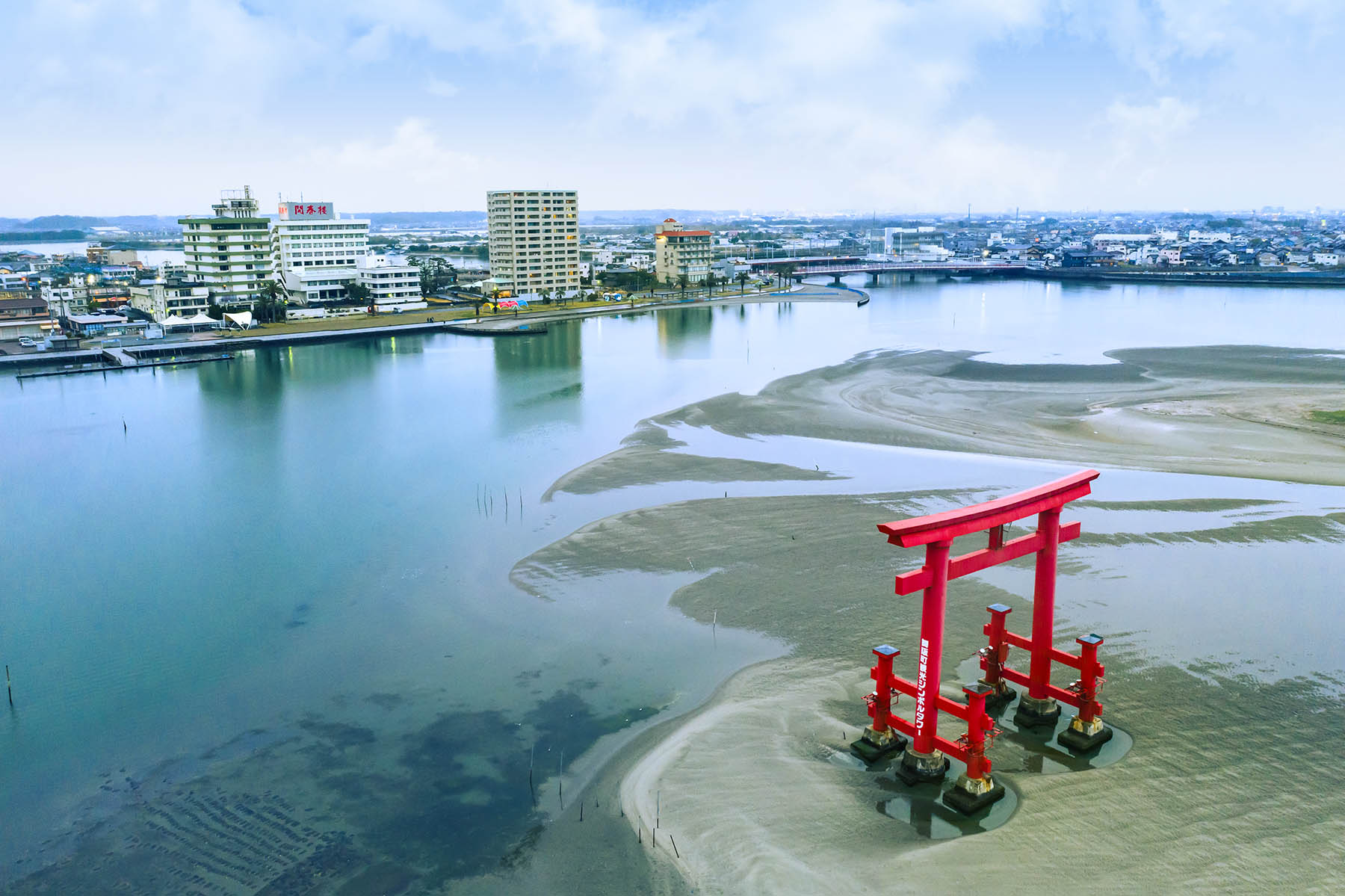
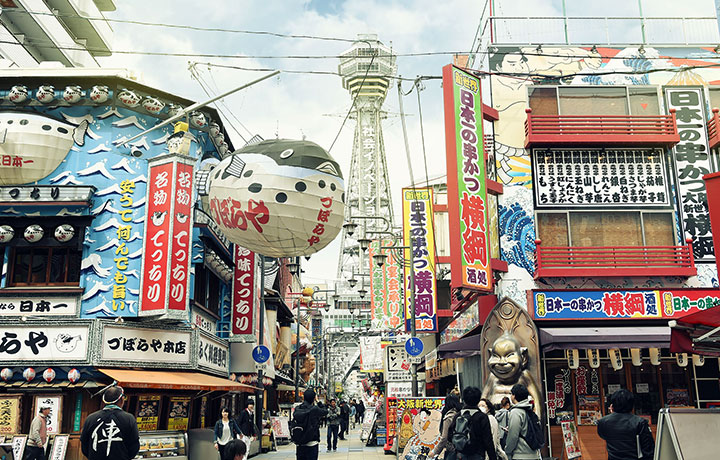

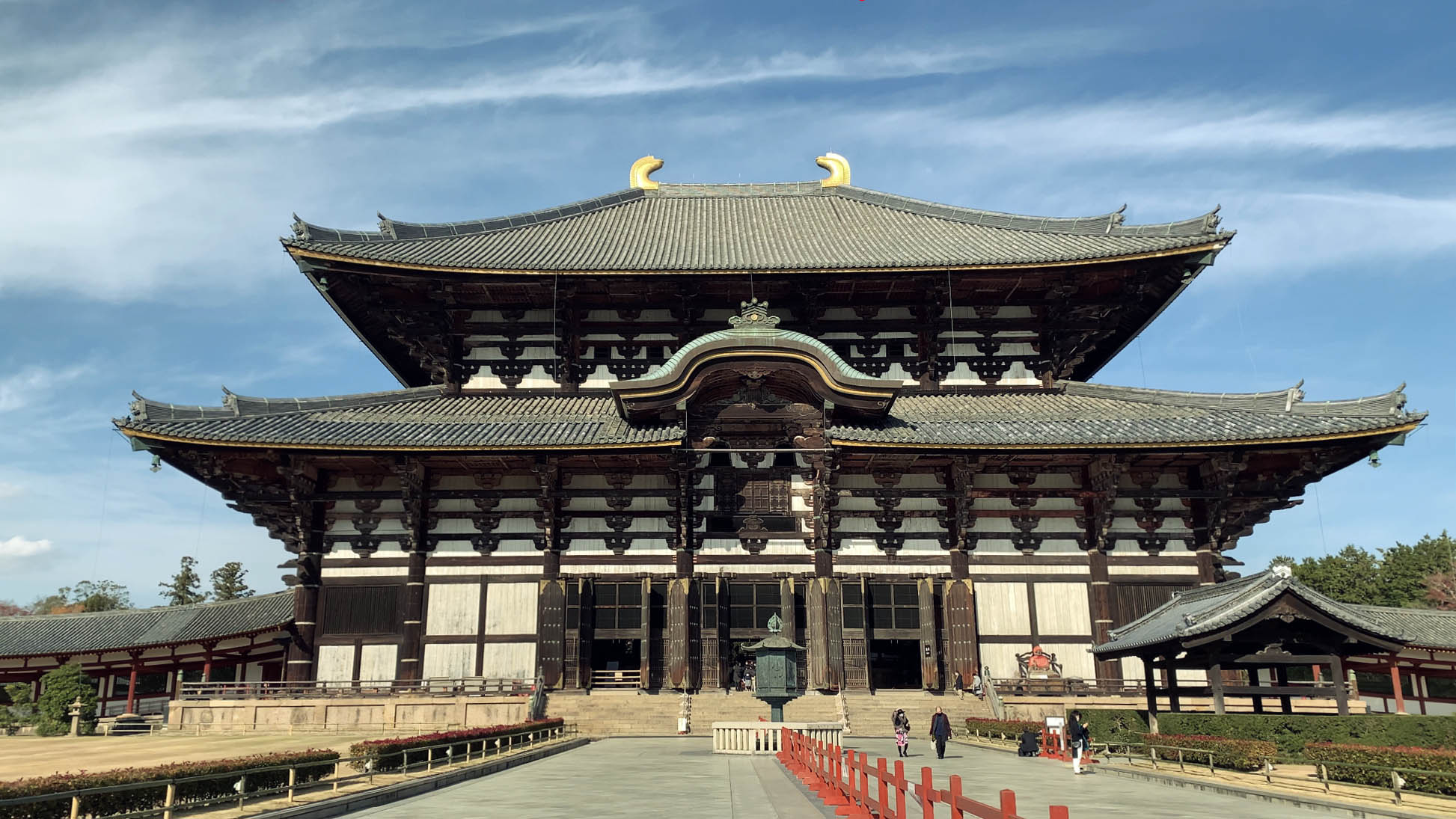
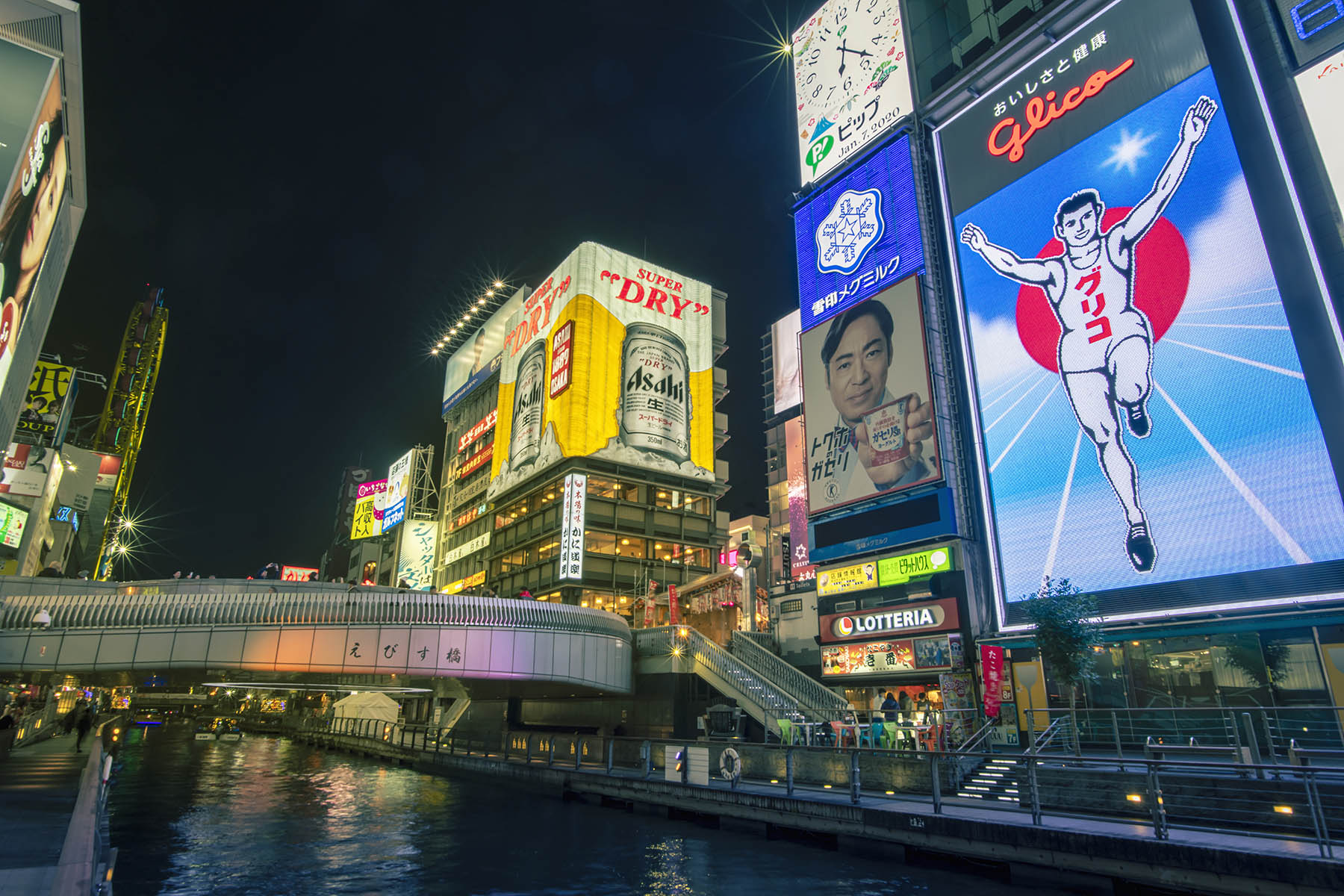
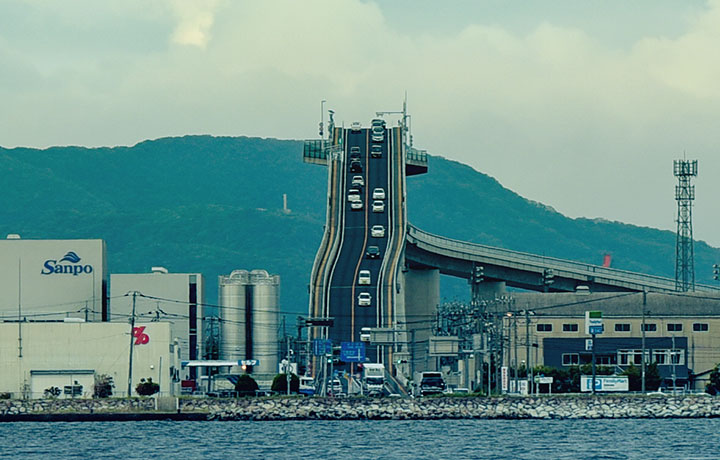
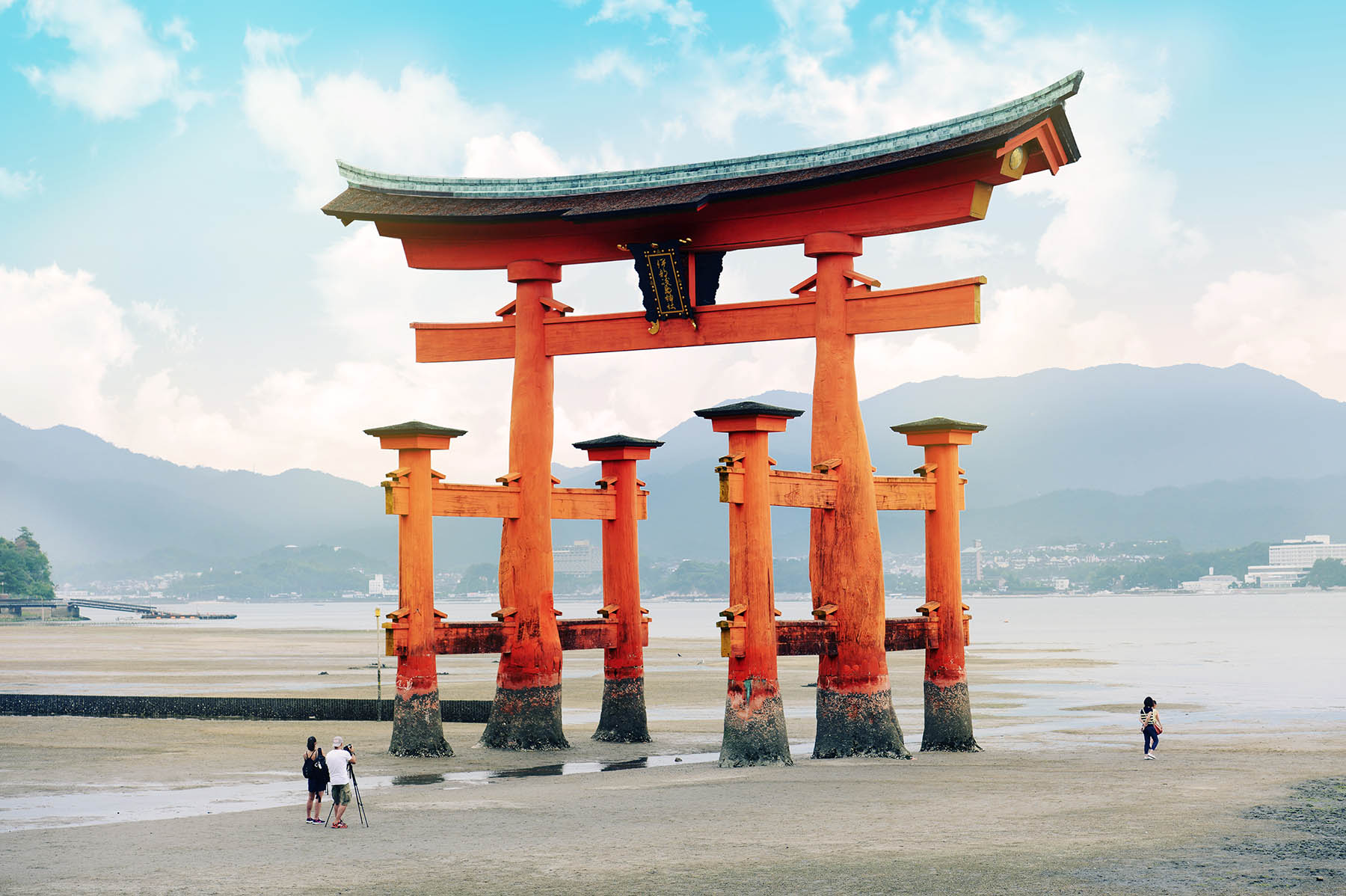
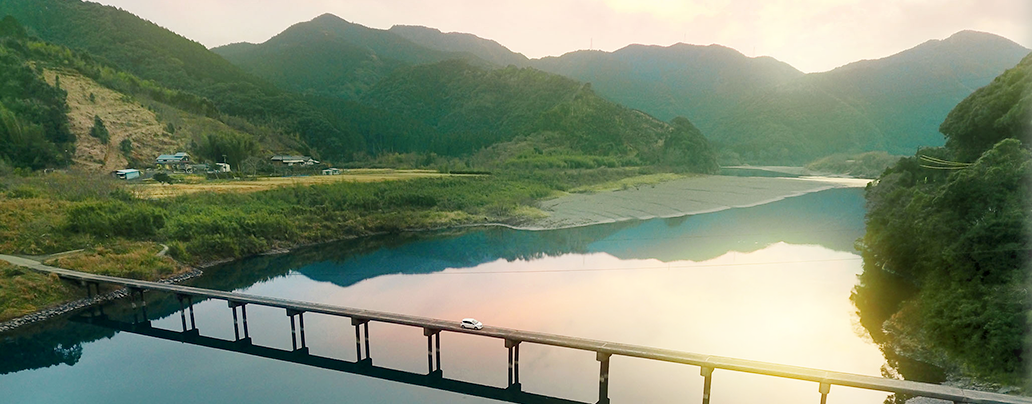
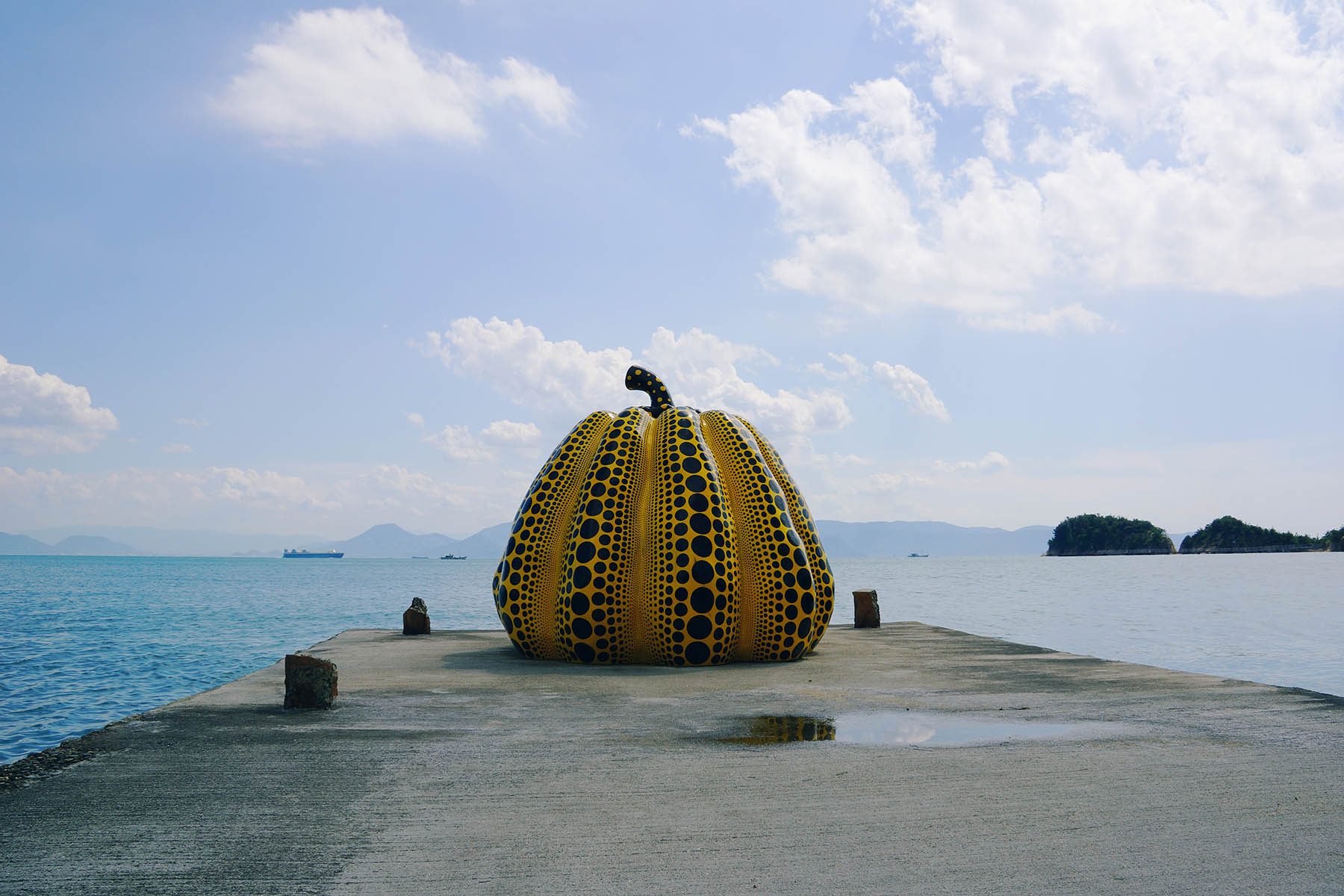
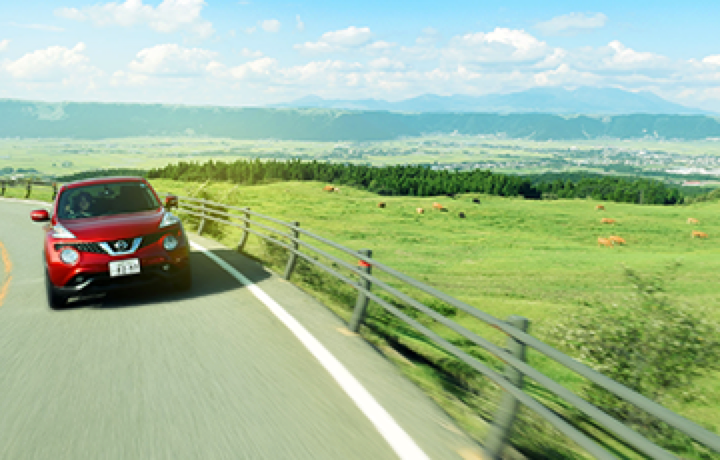
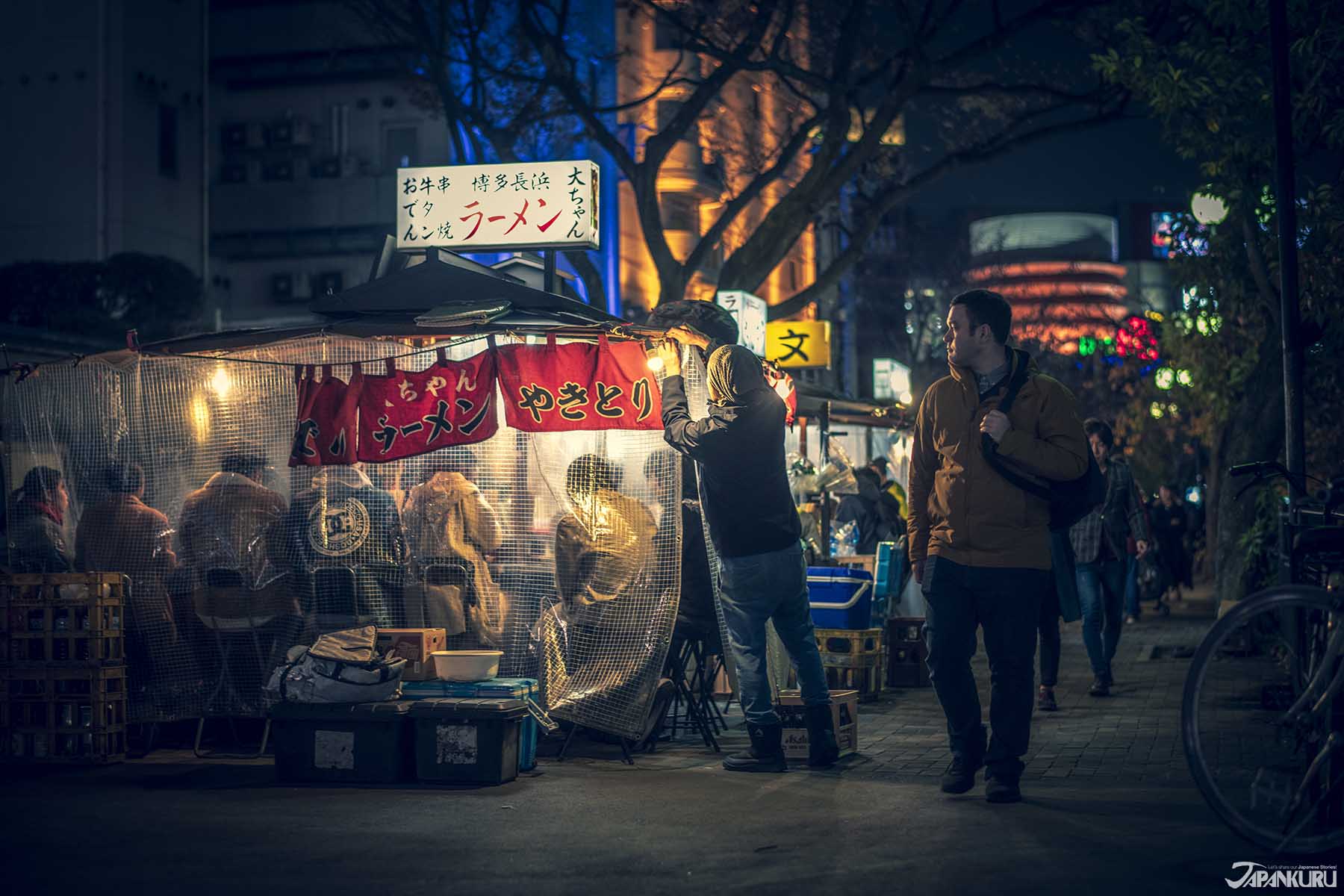
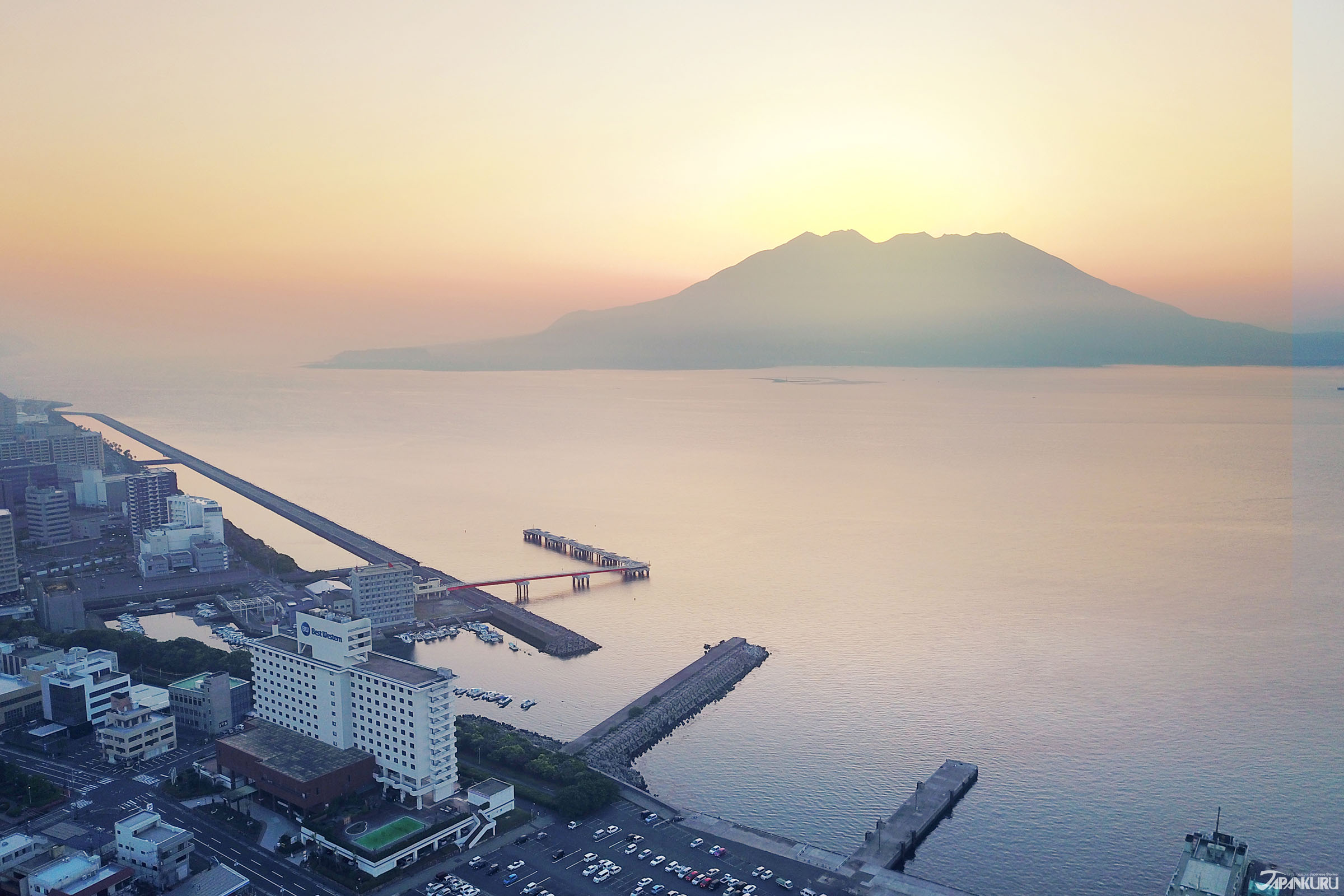
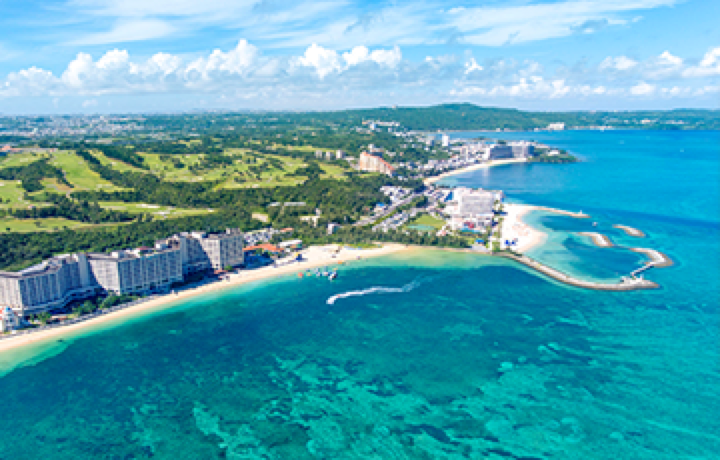


 Oita Hello Kitty Airport
Oita Hello Kitty Airport  Lands April 13th
Lands April 13th



